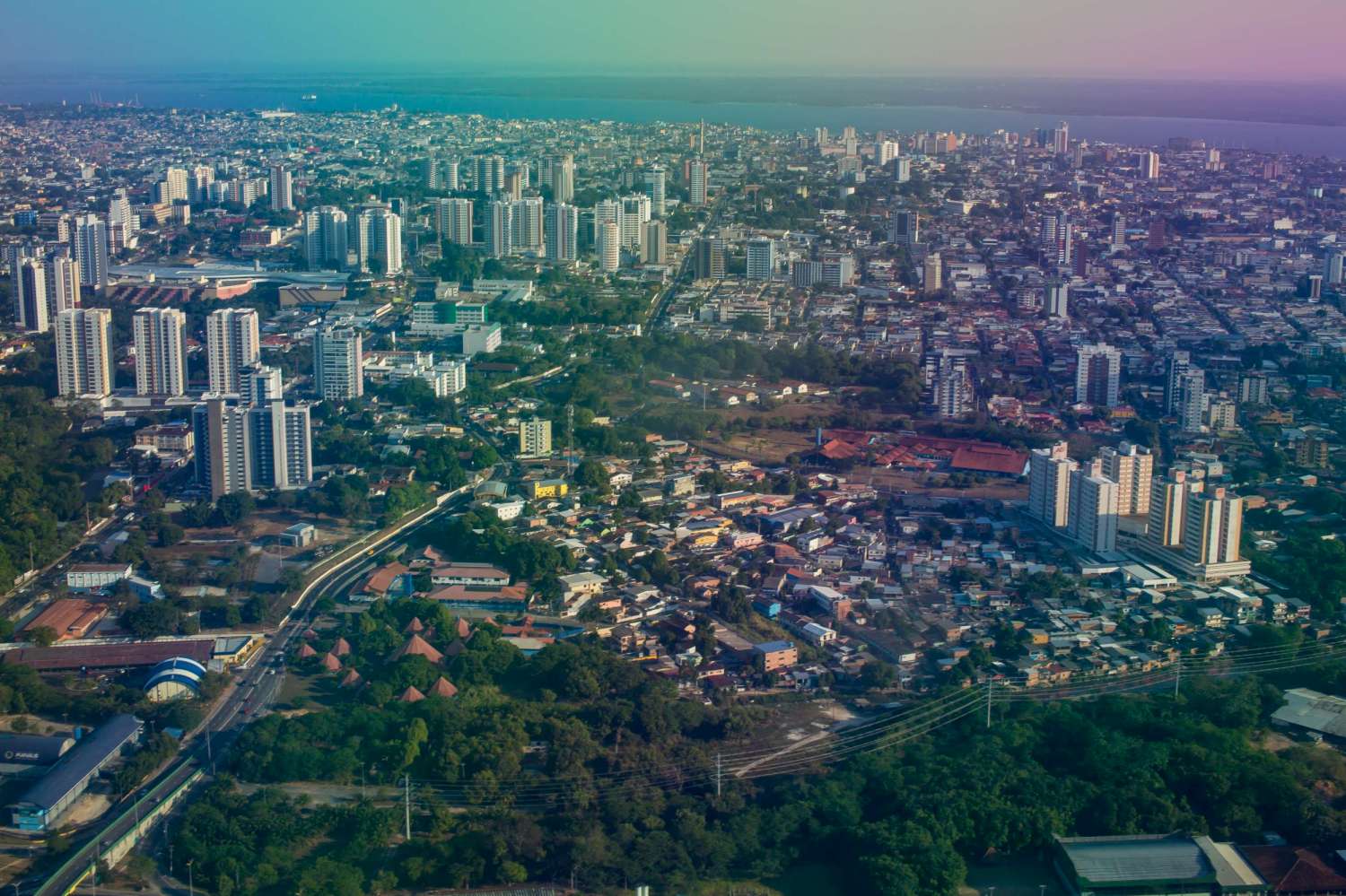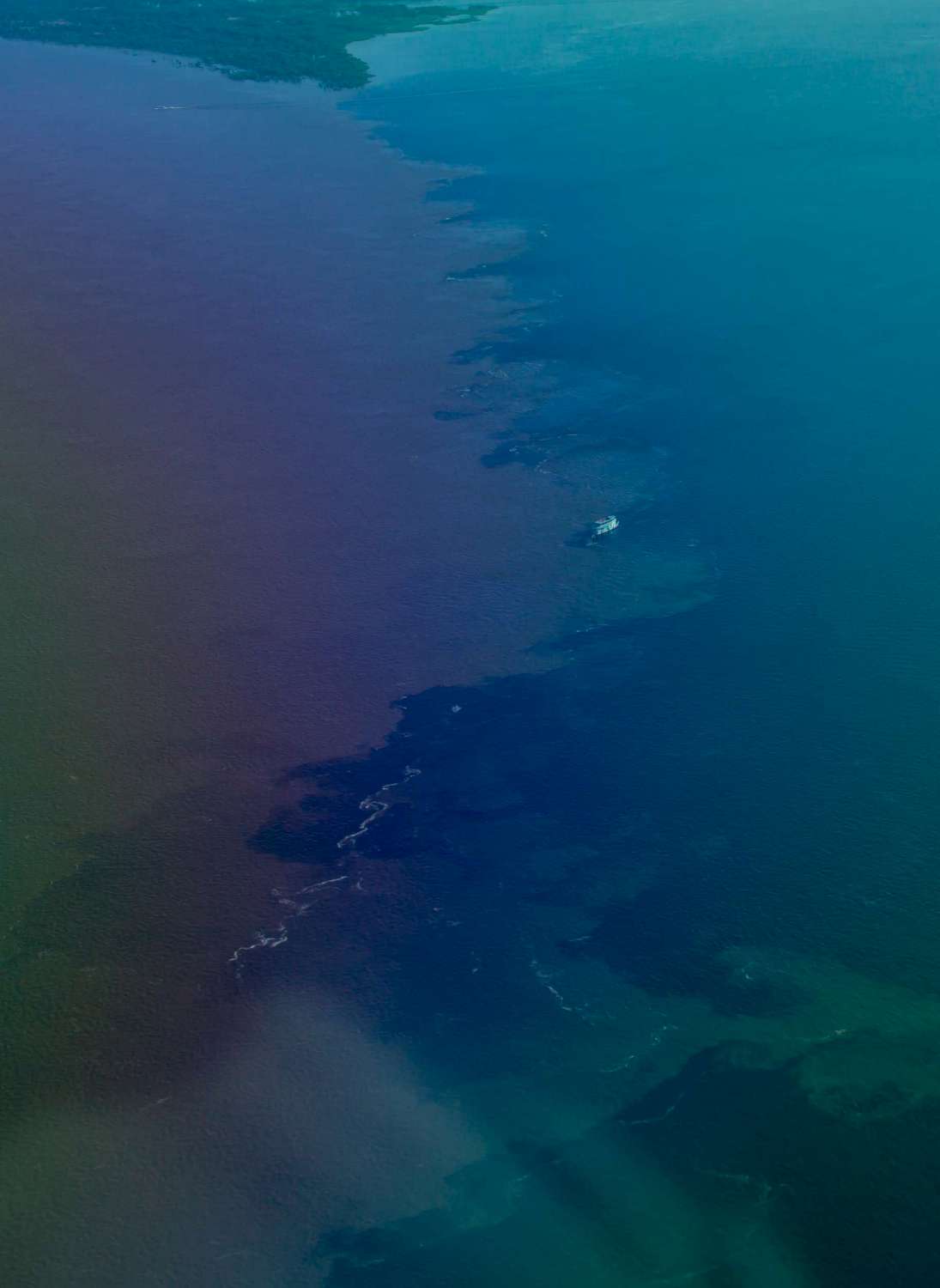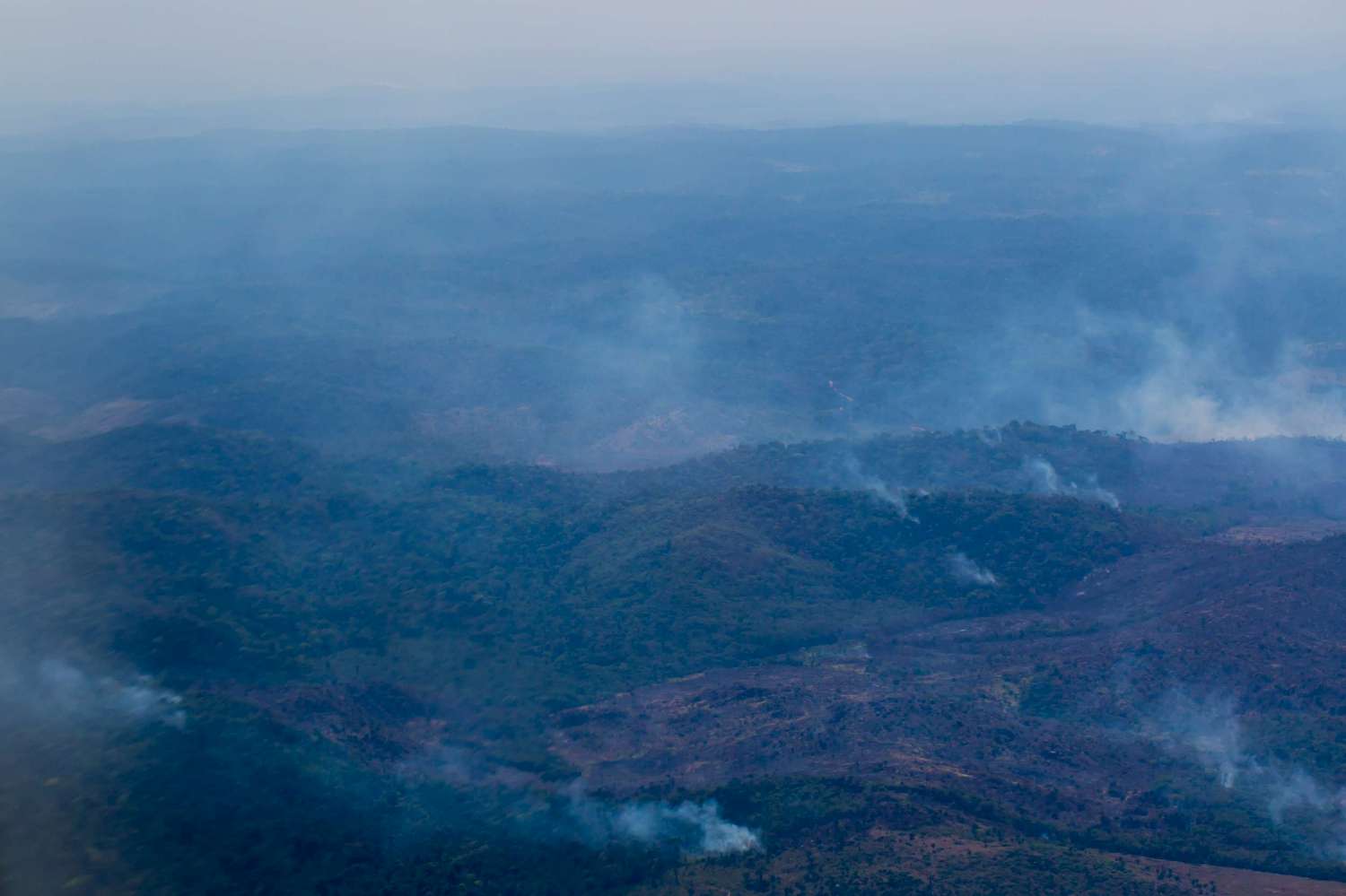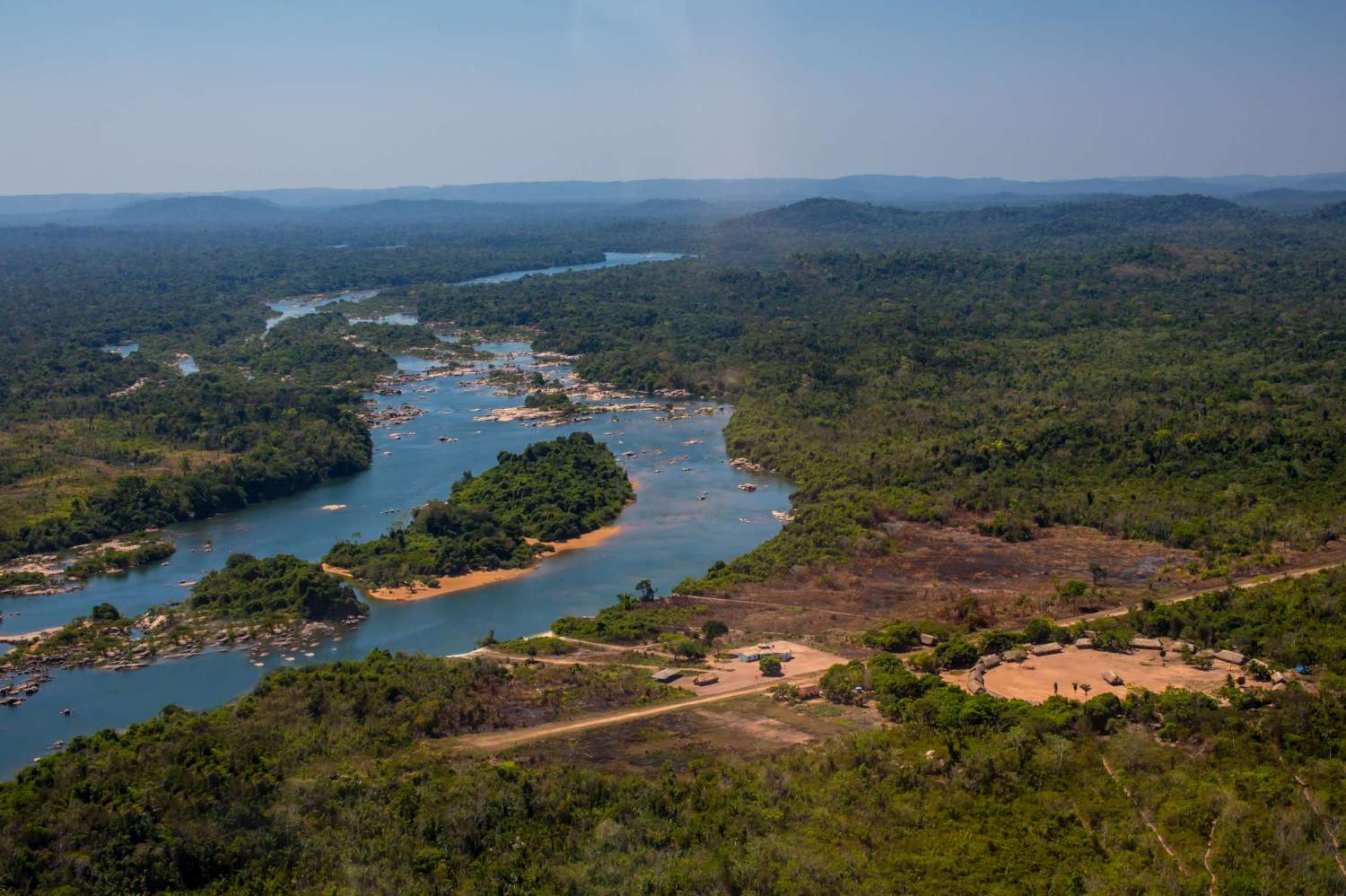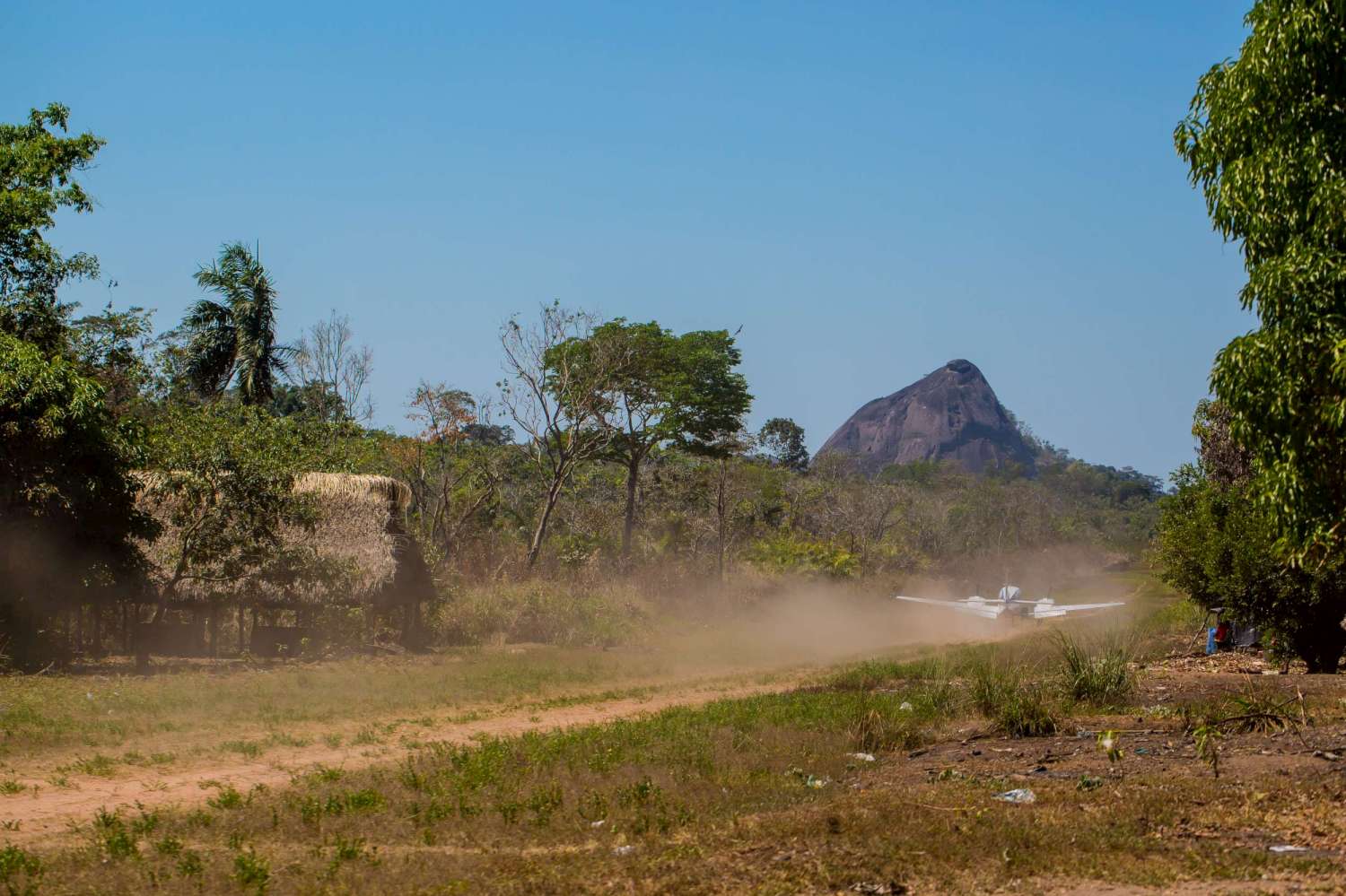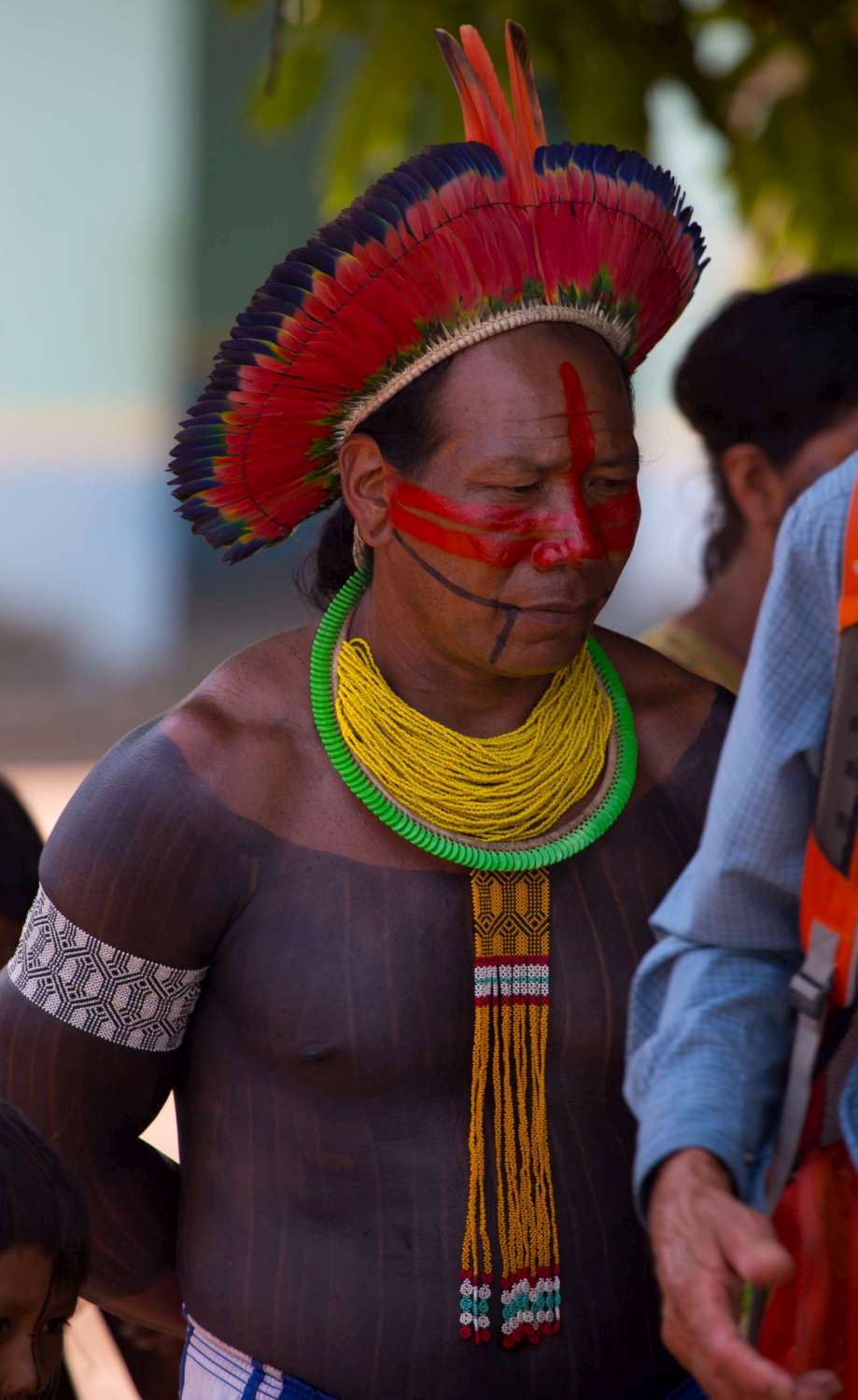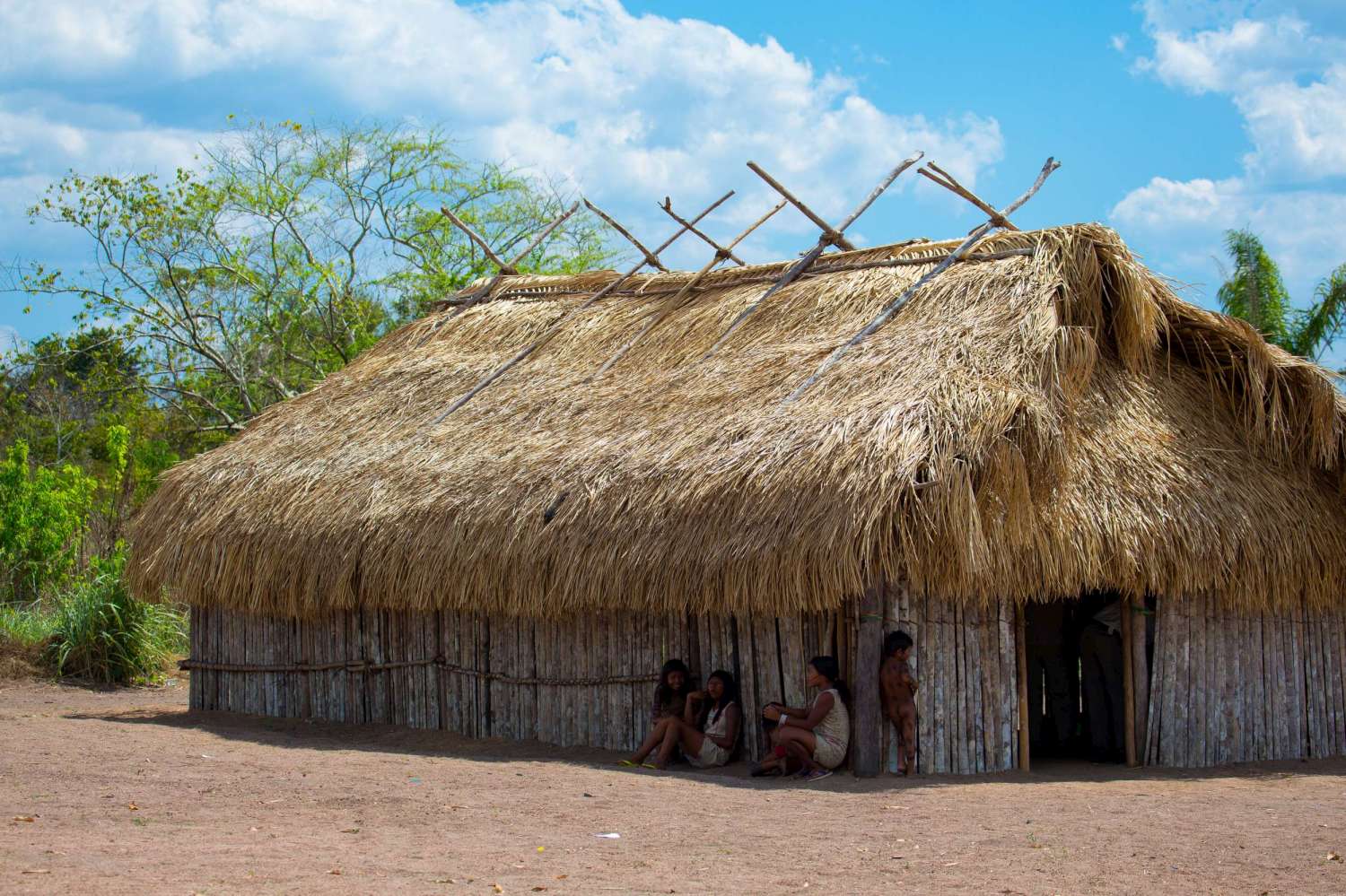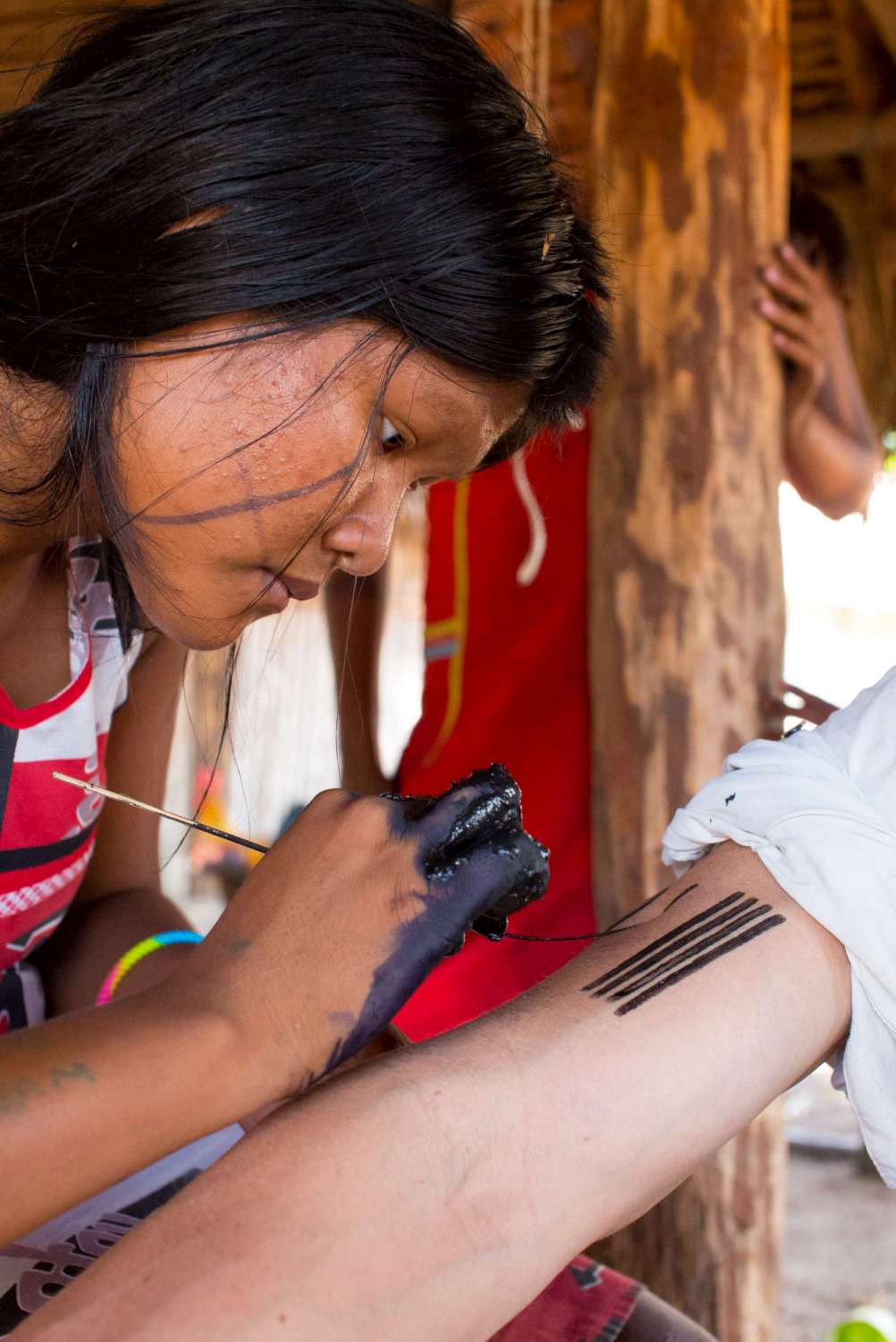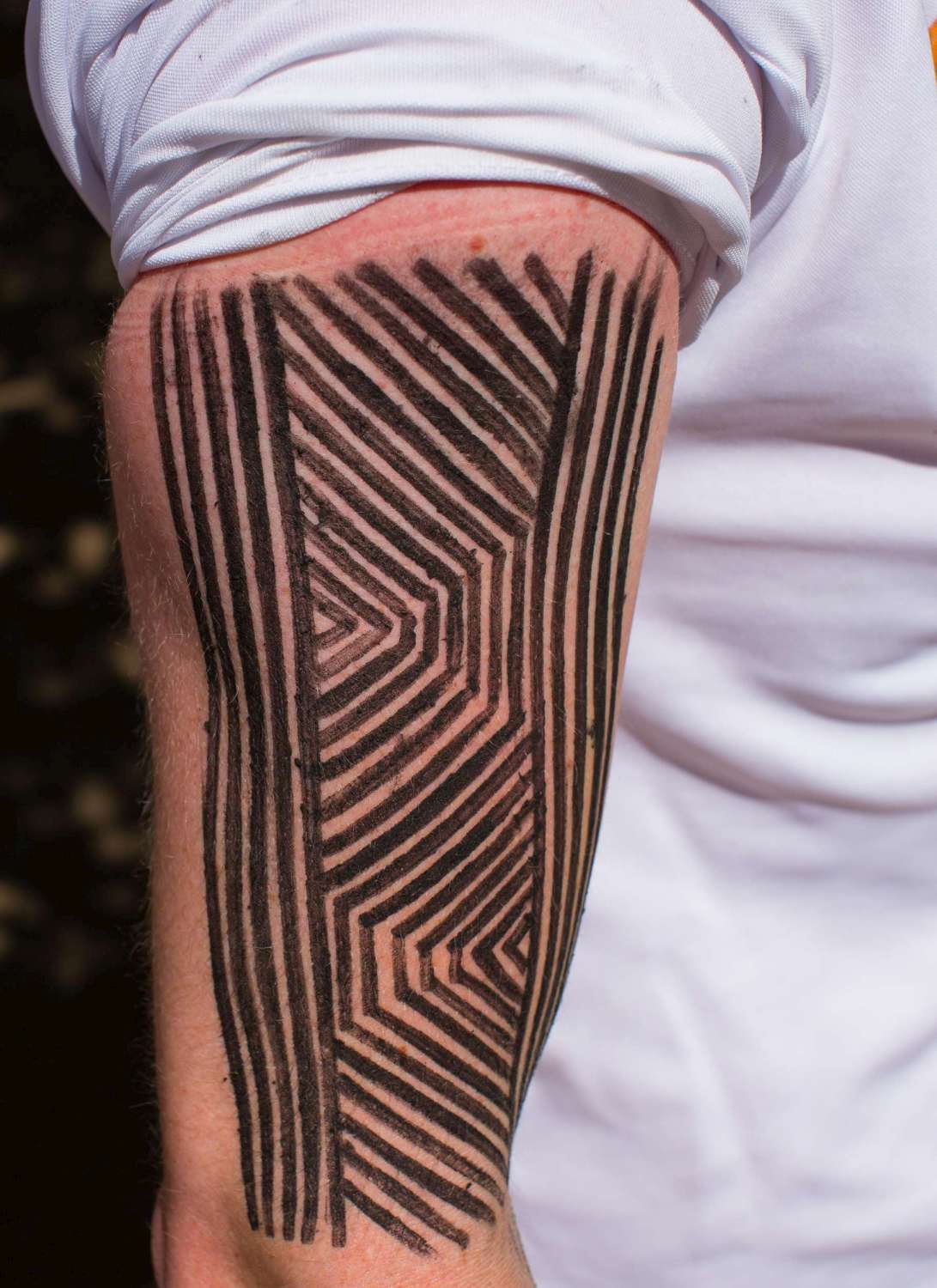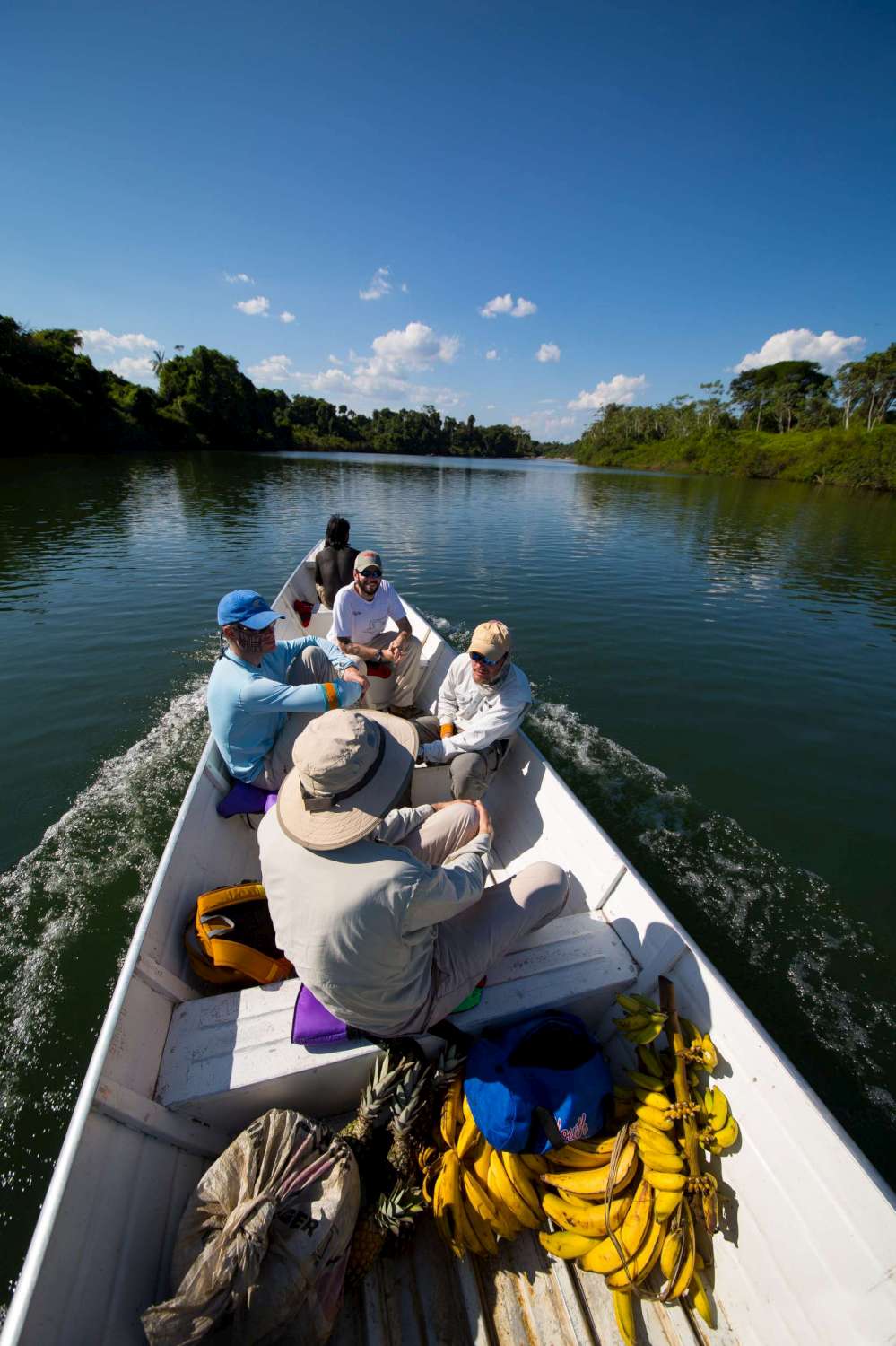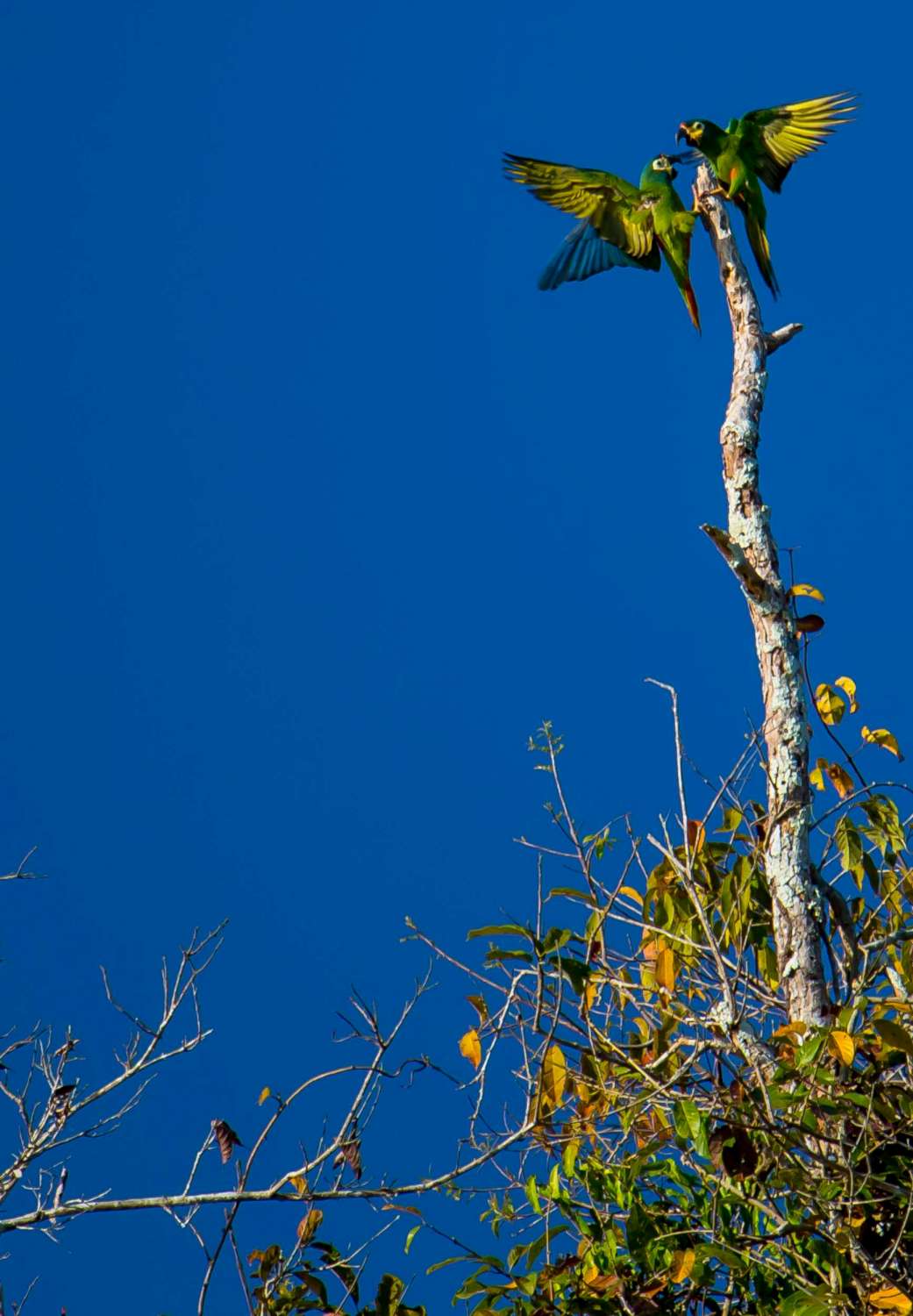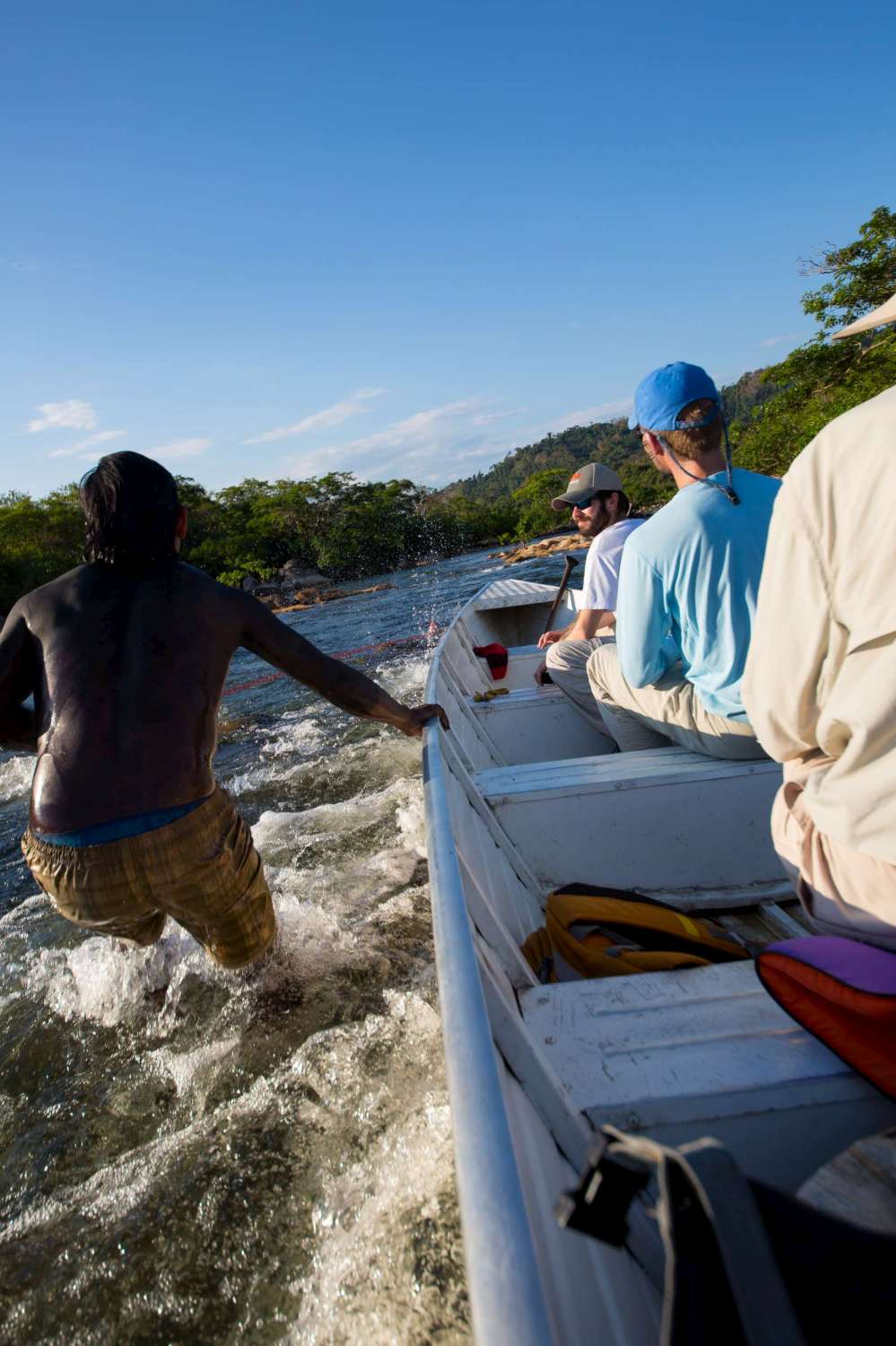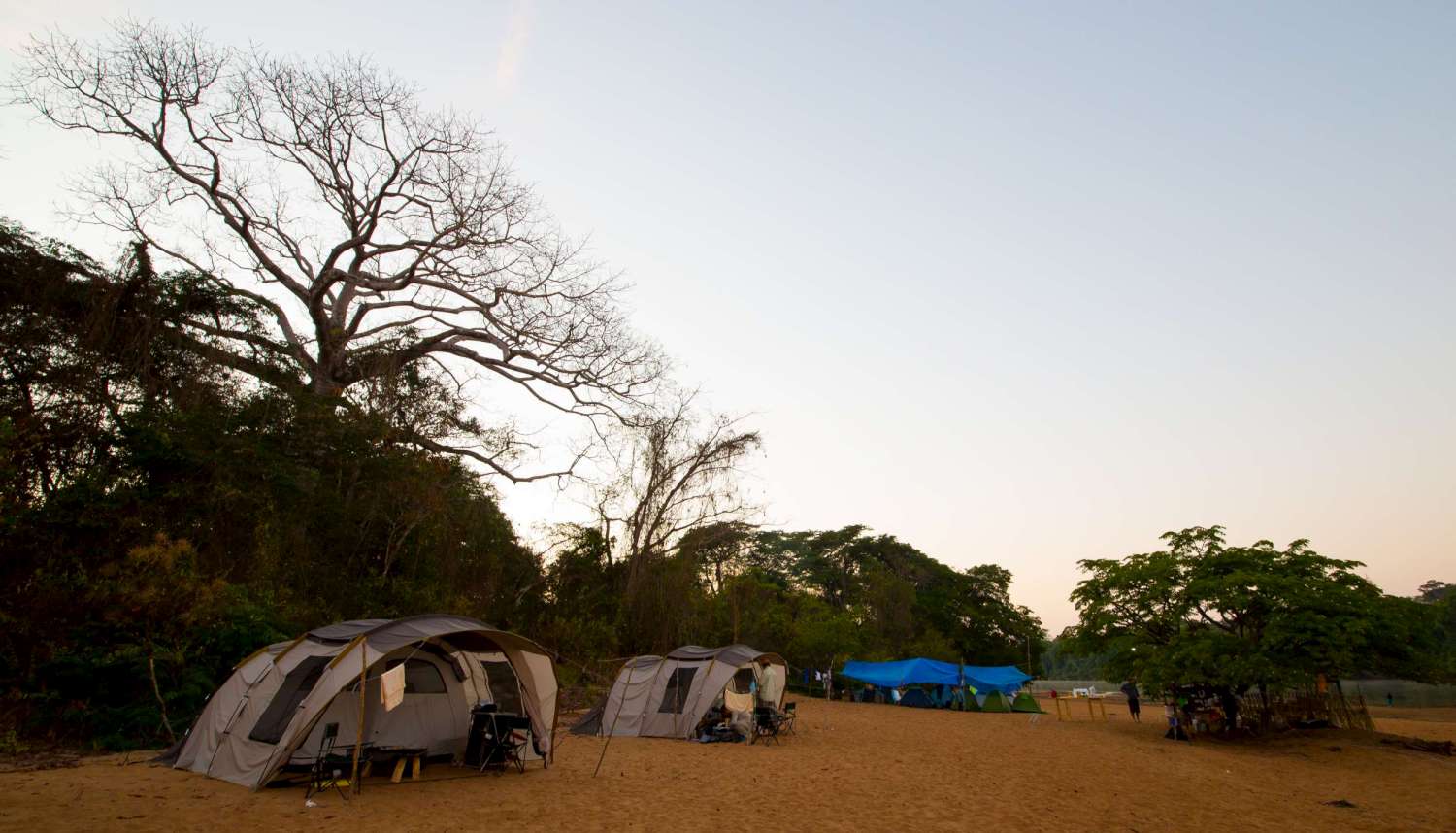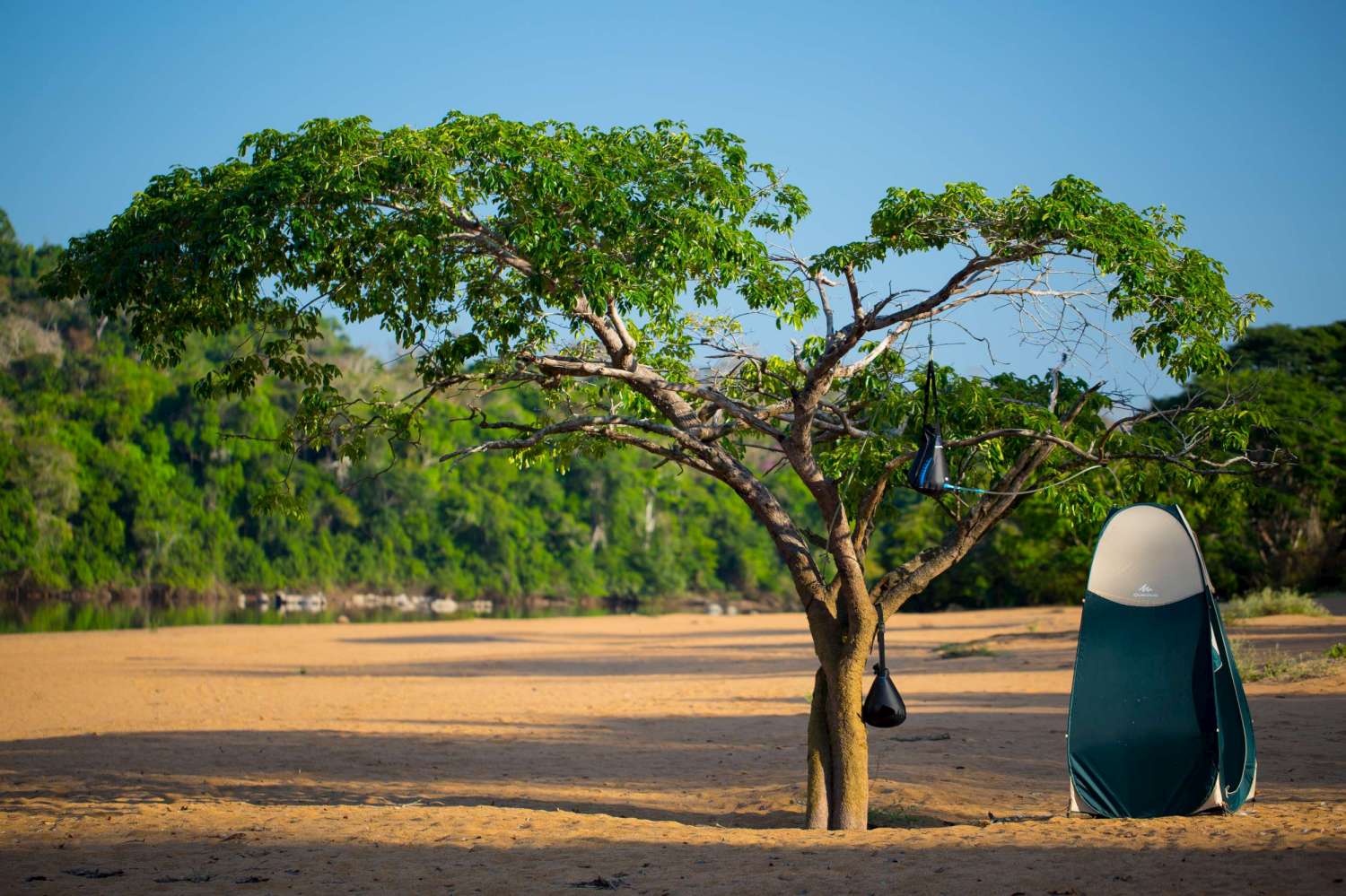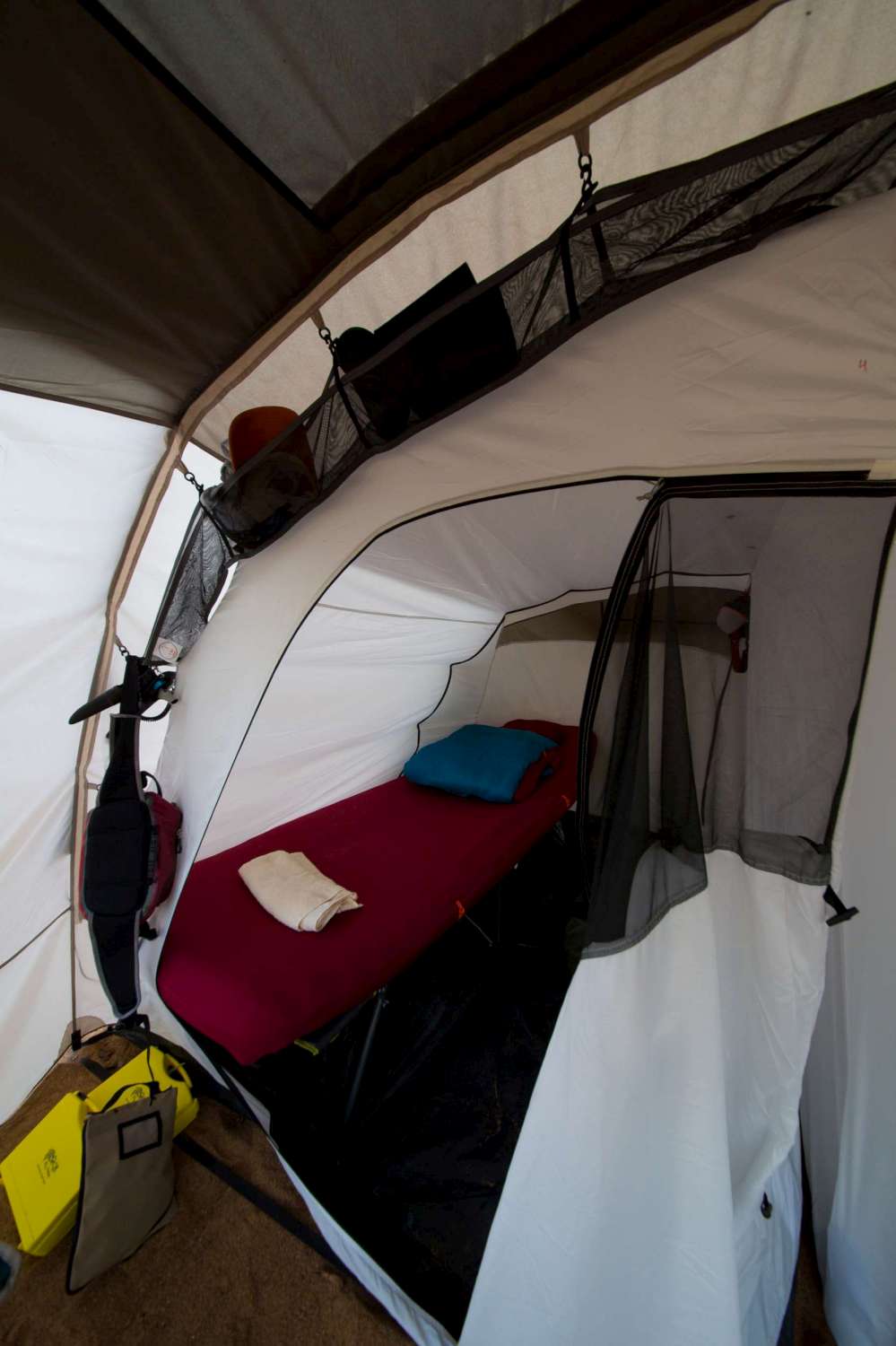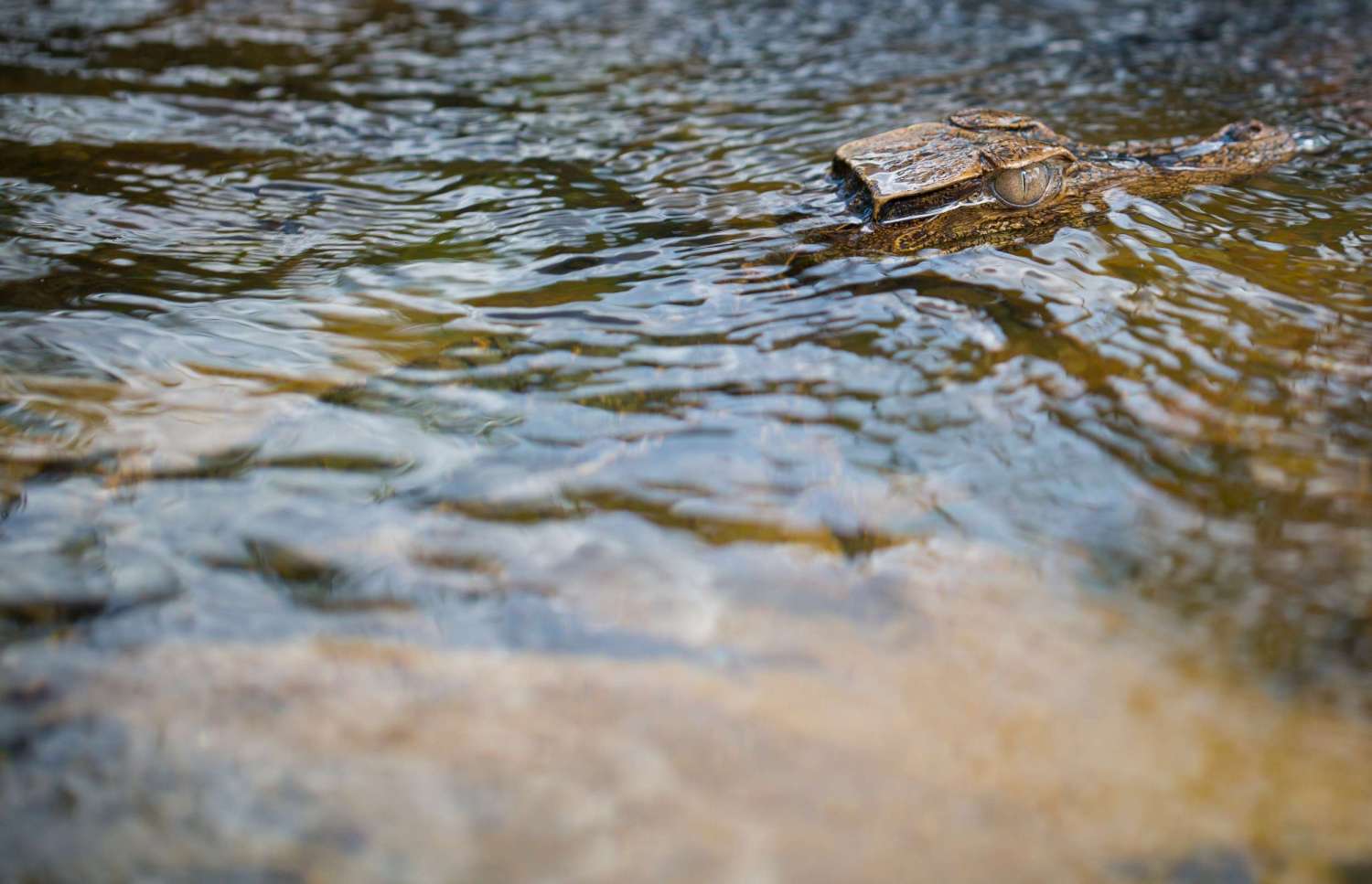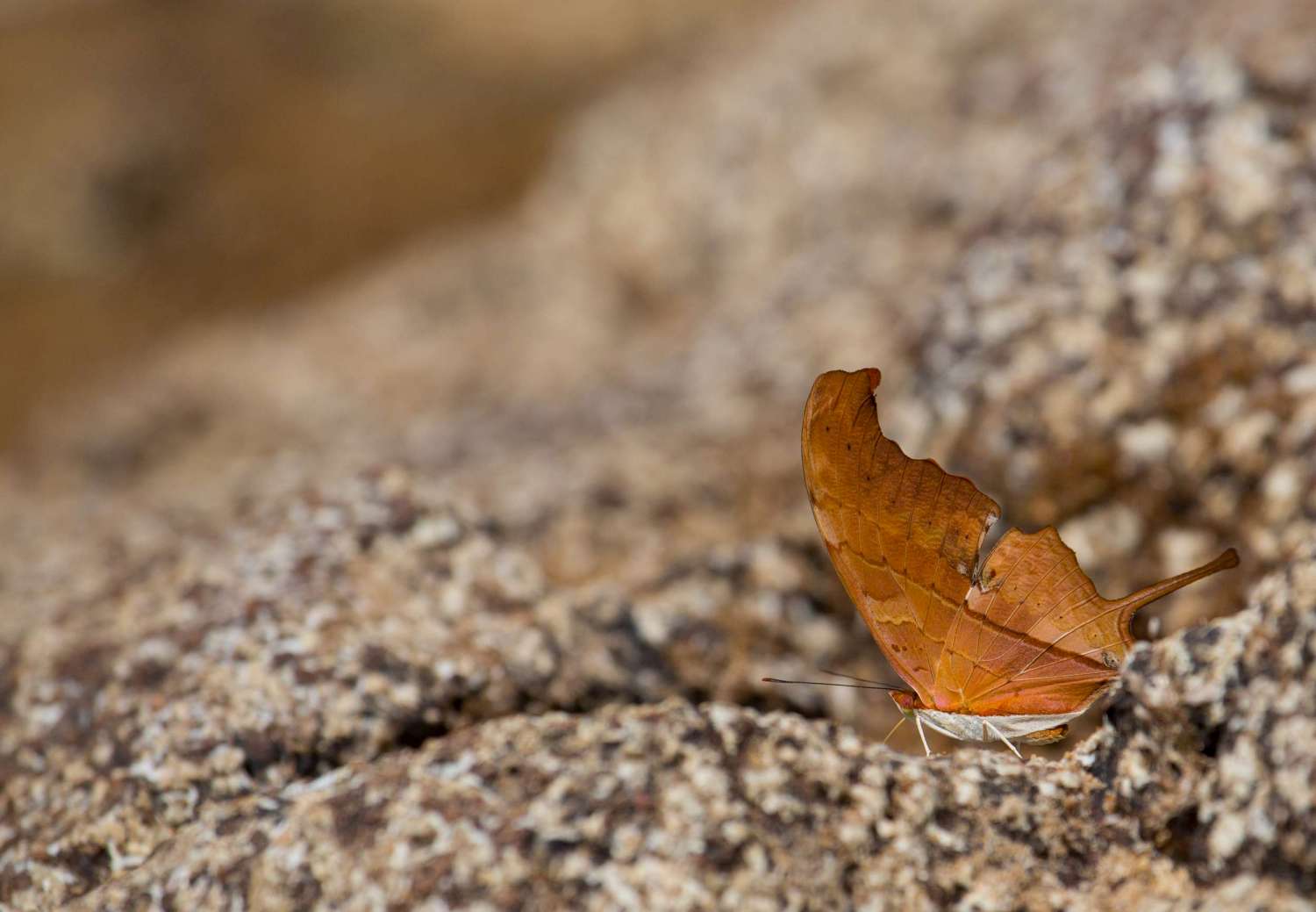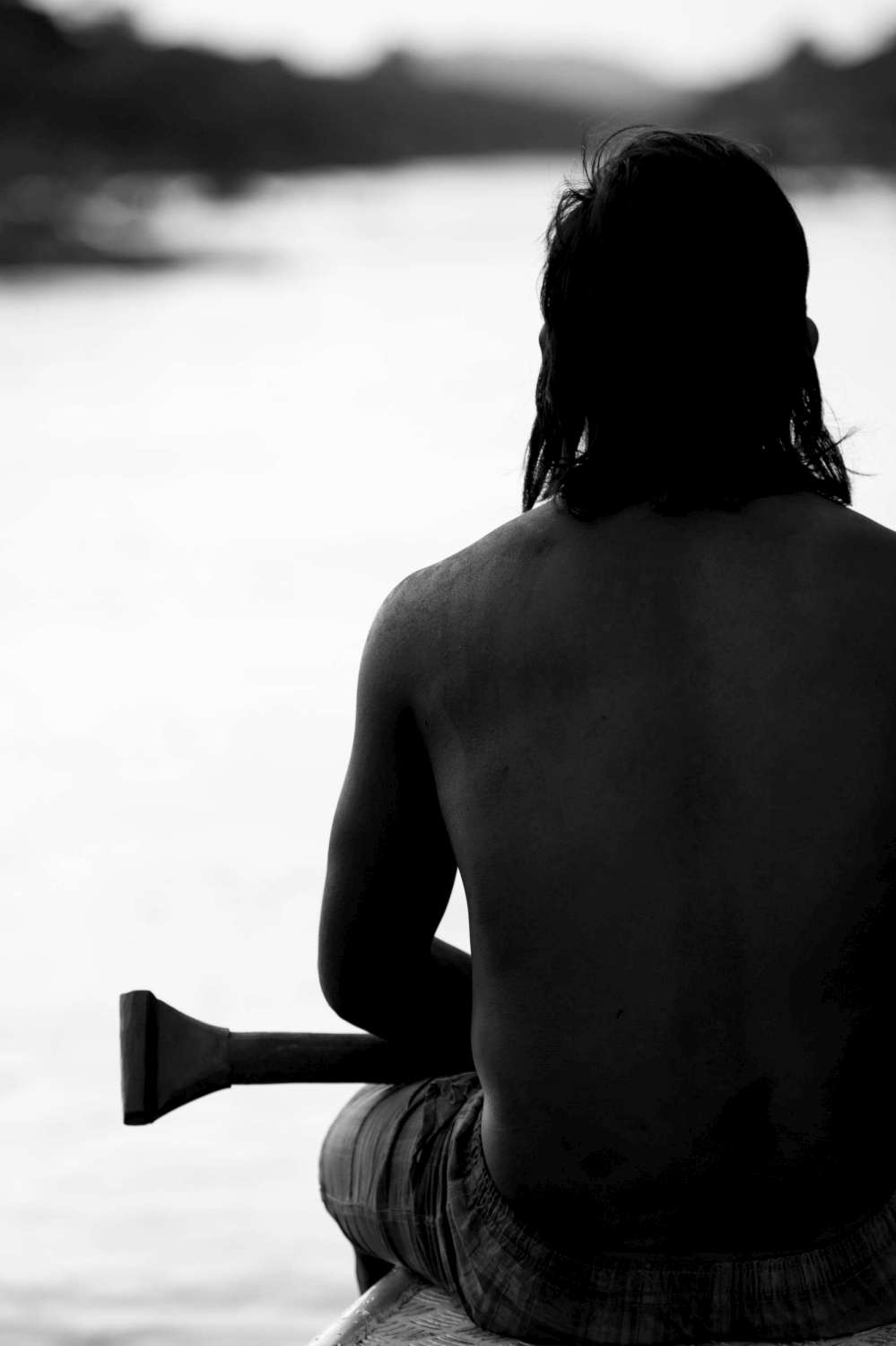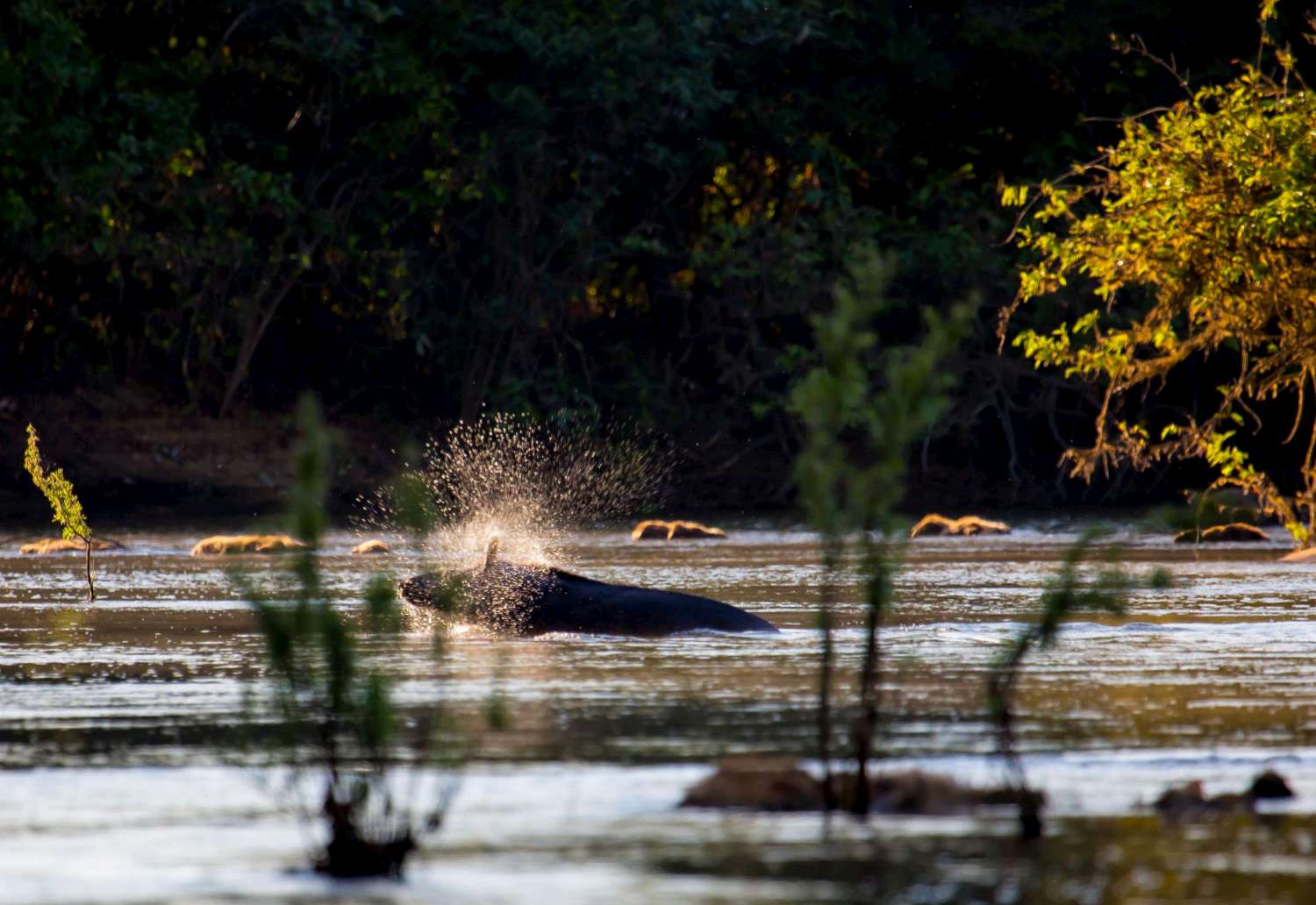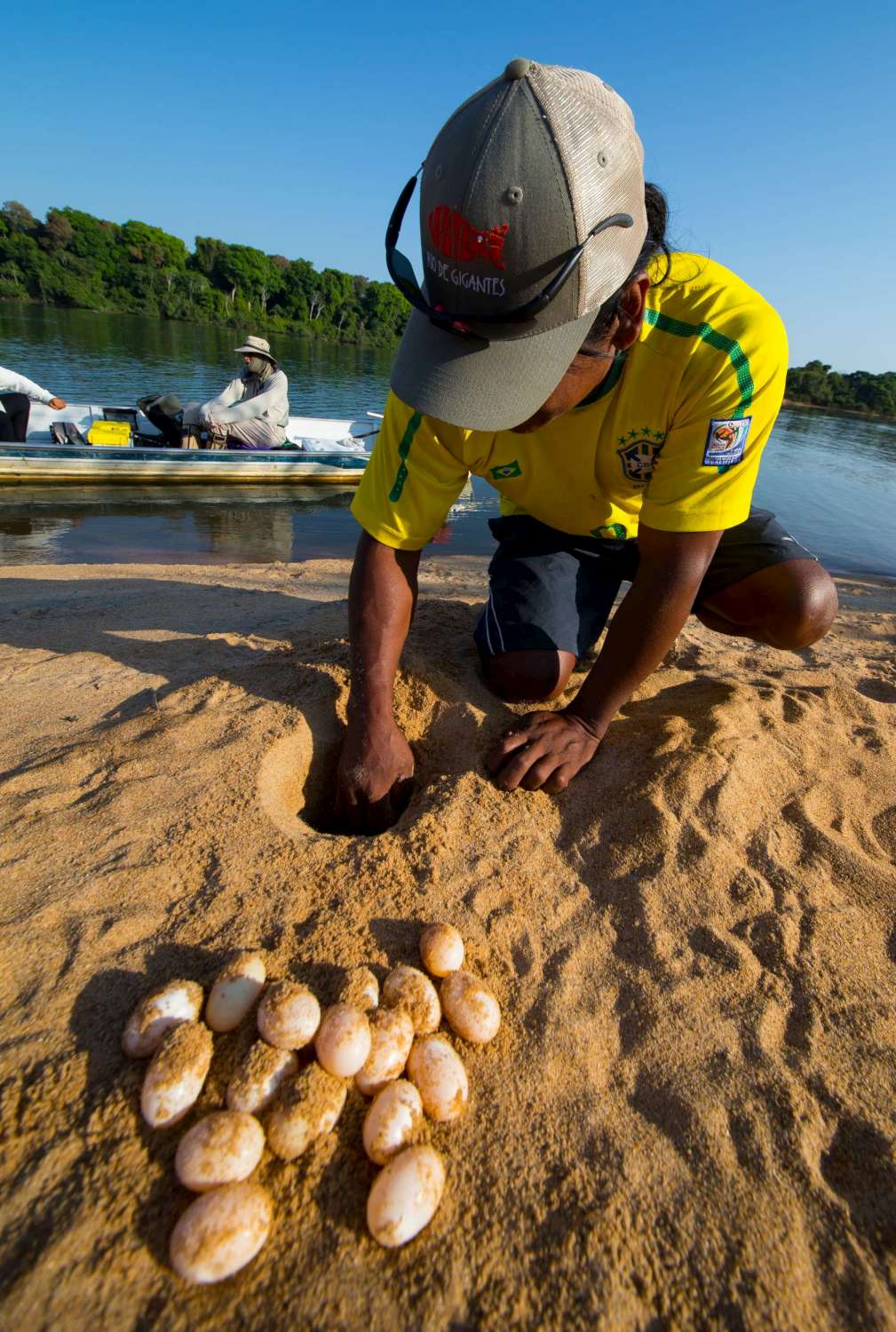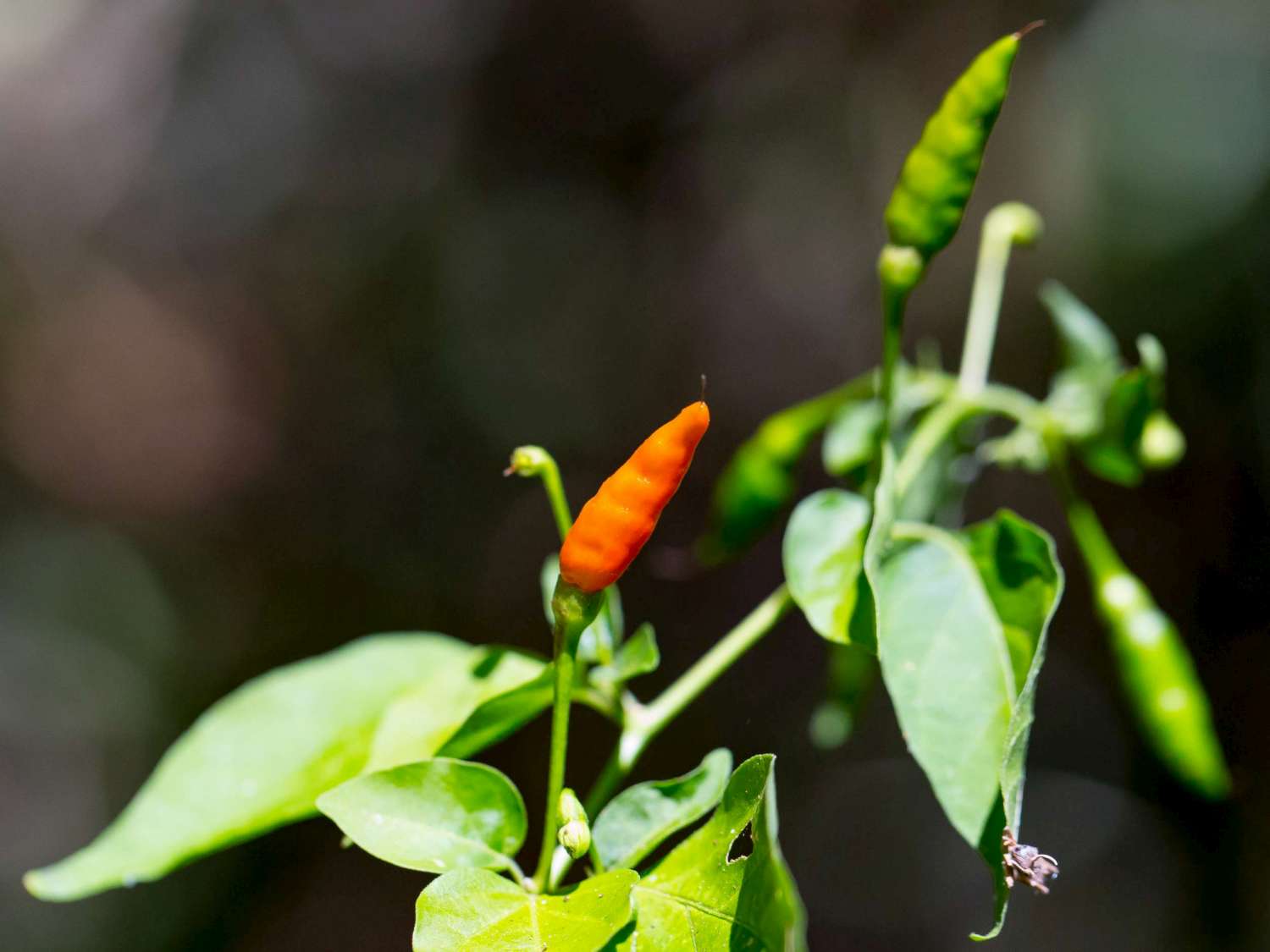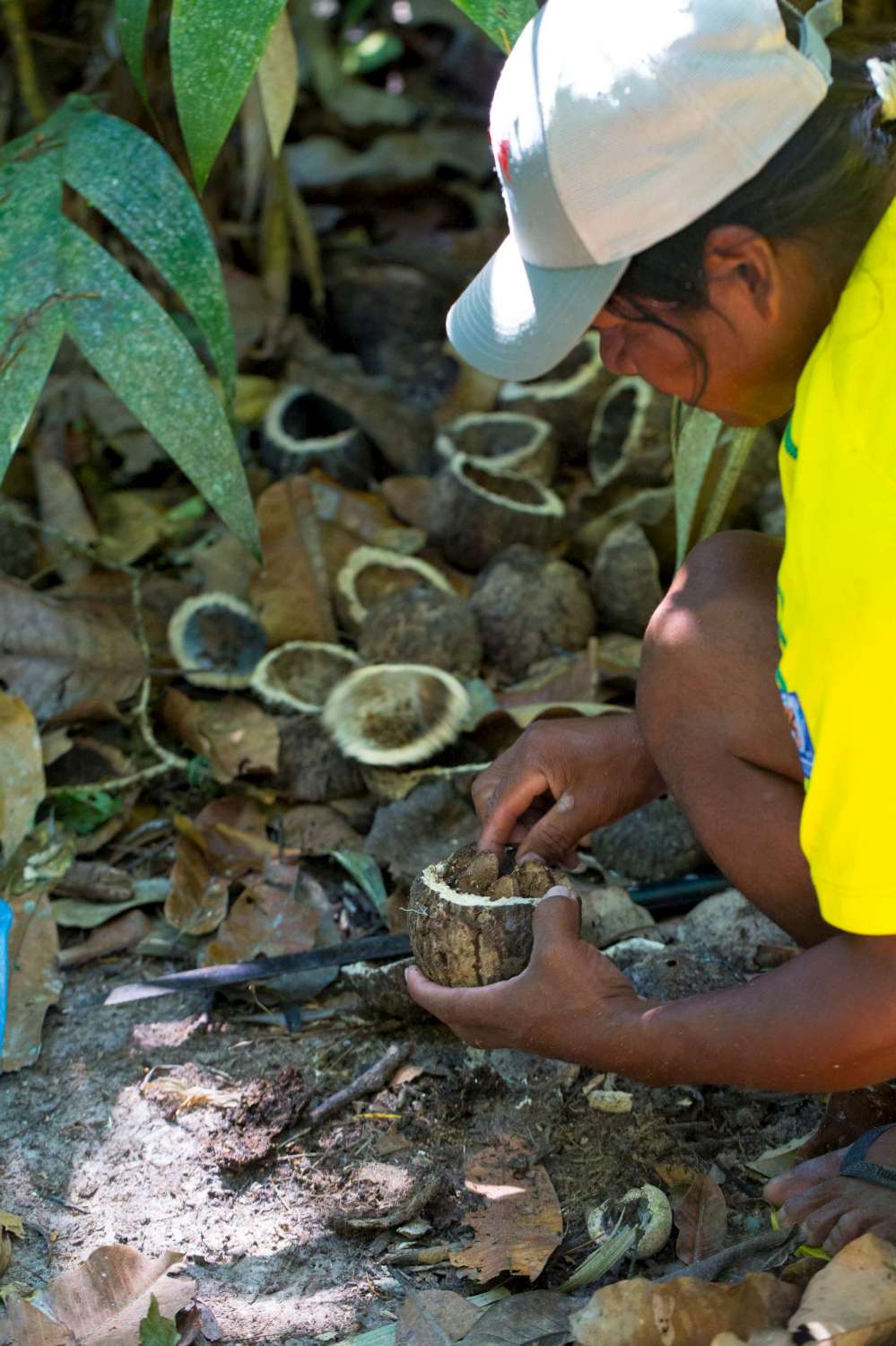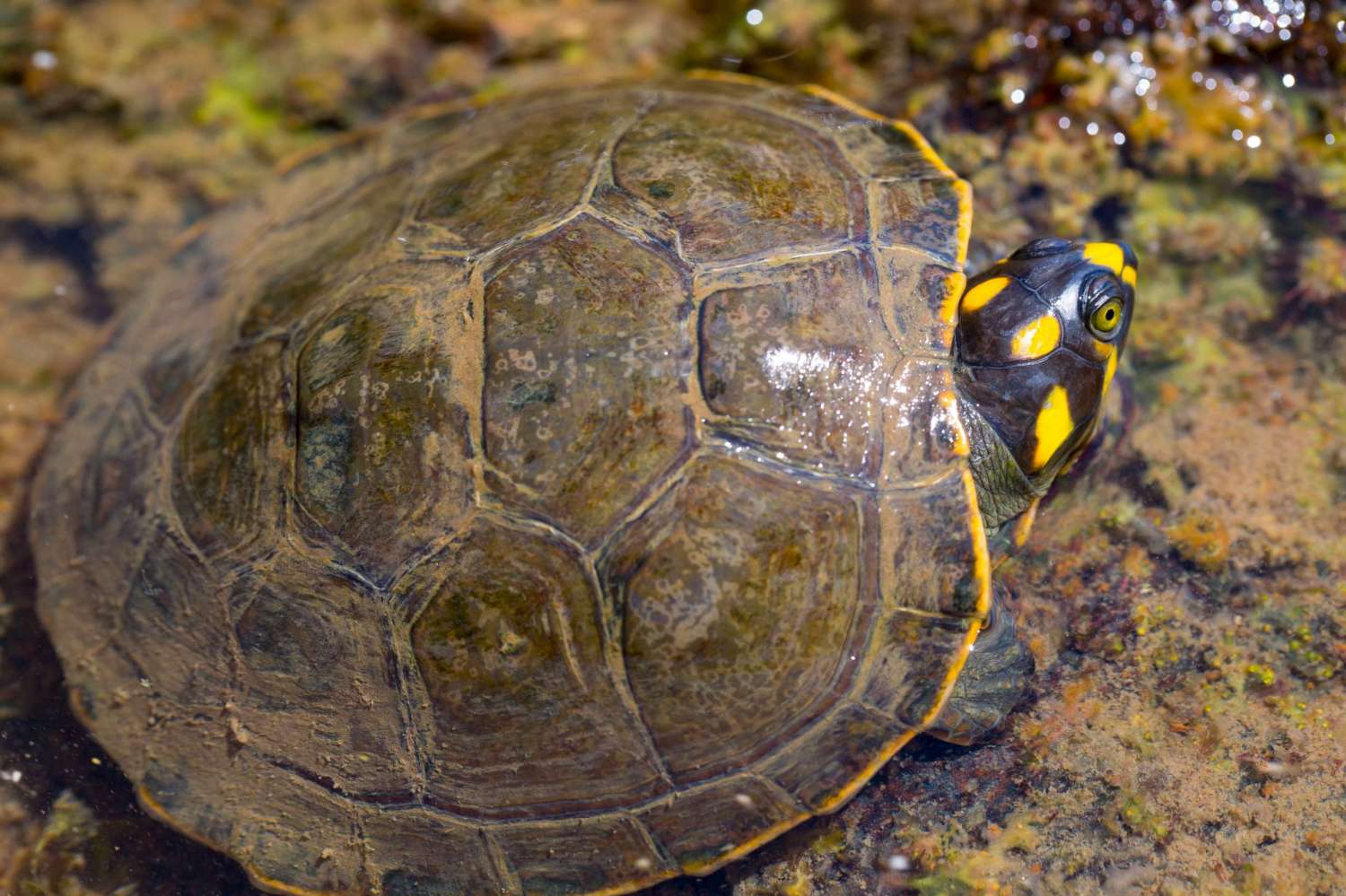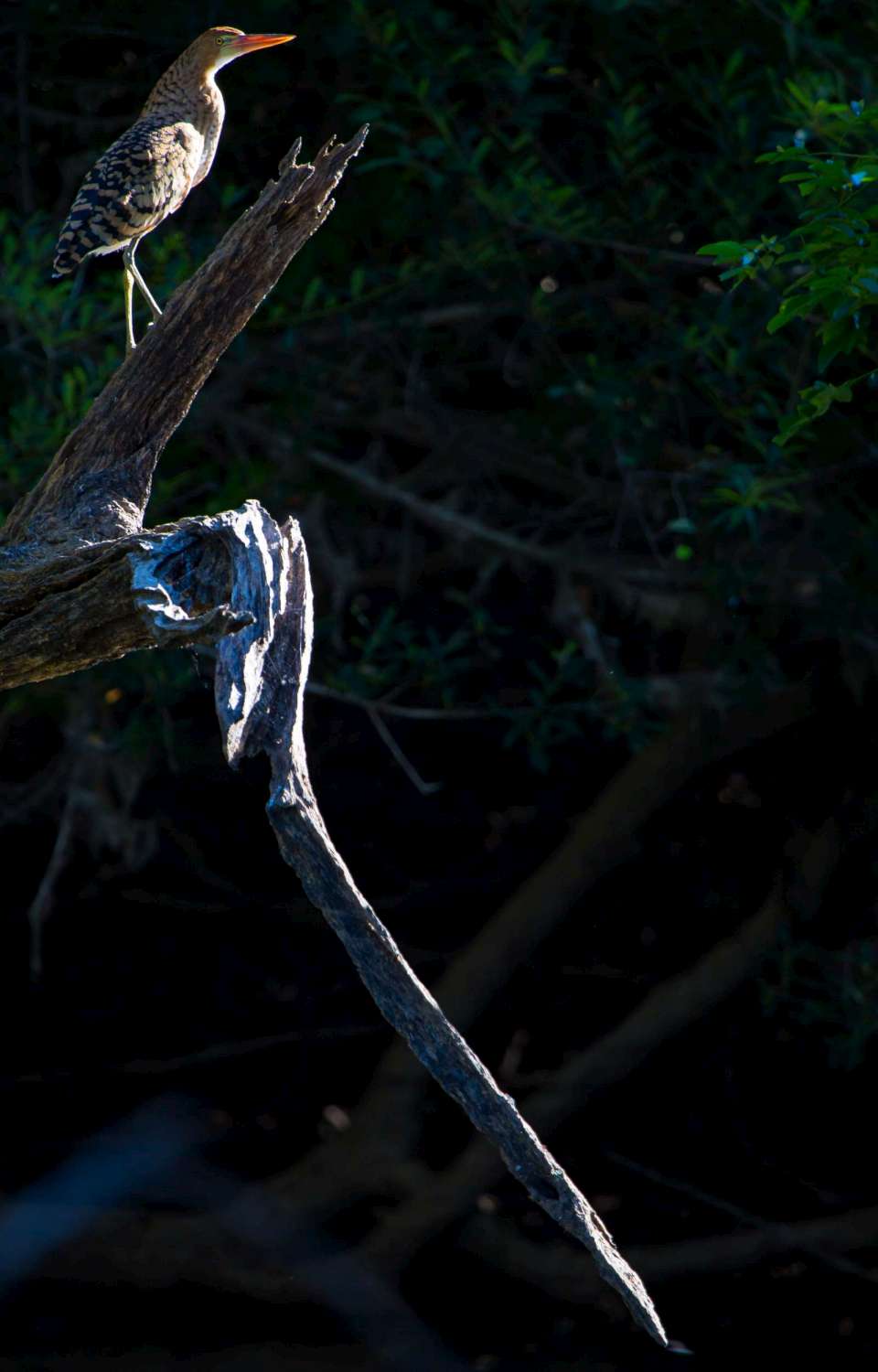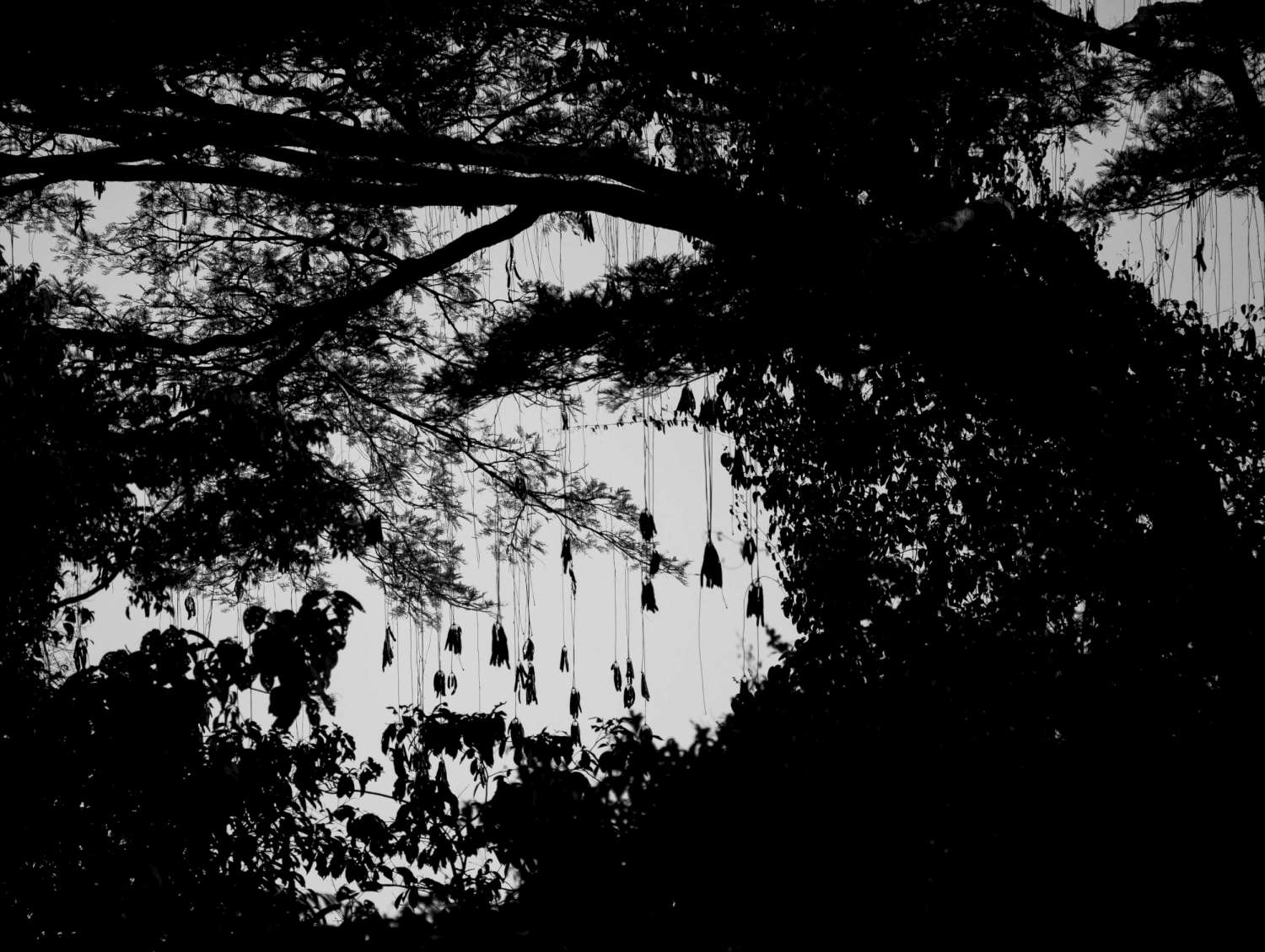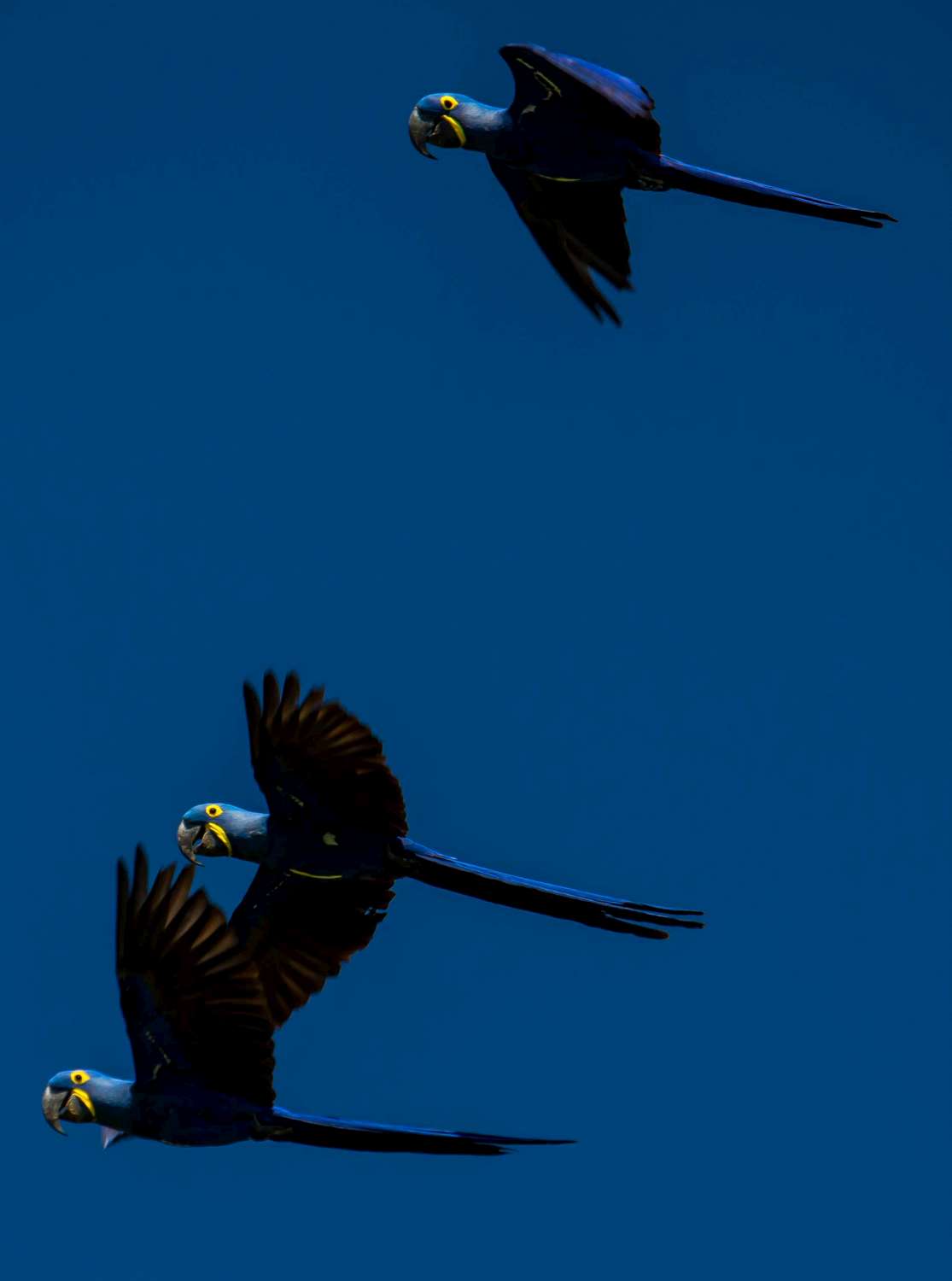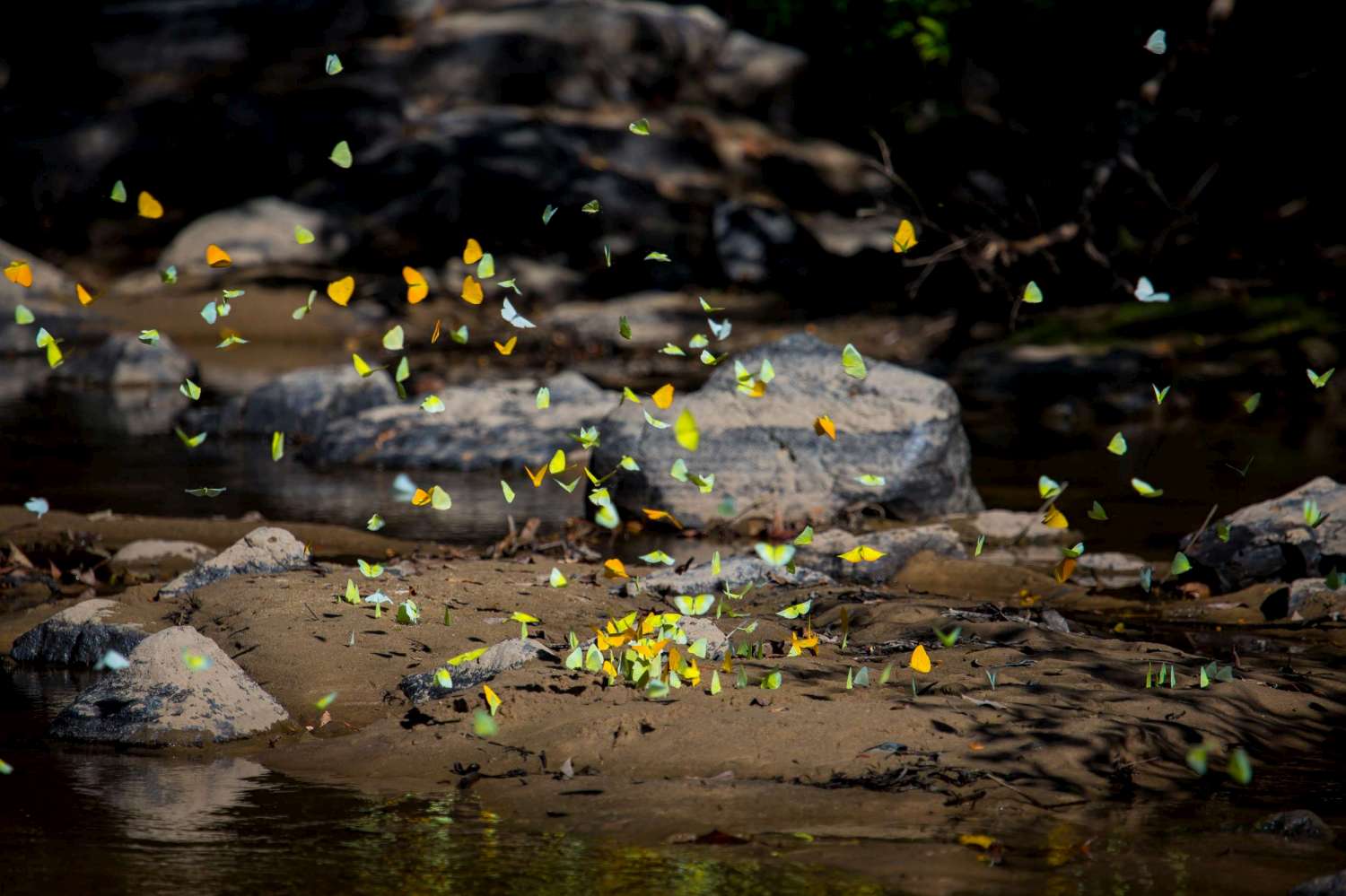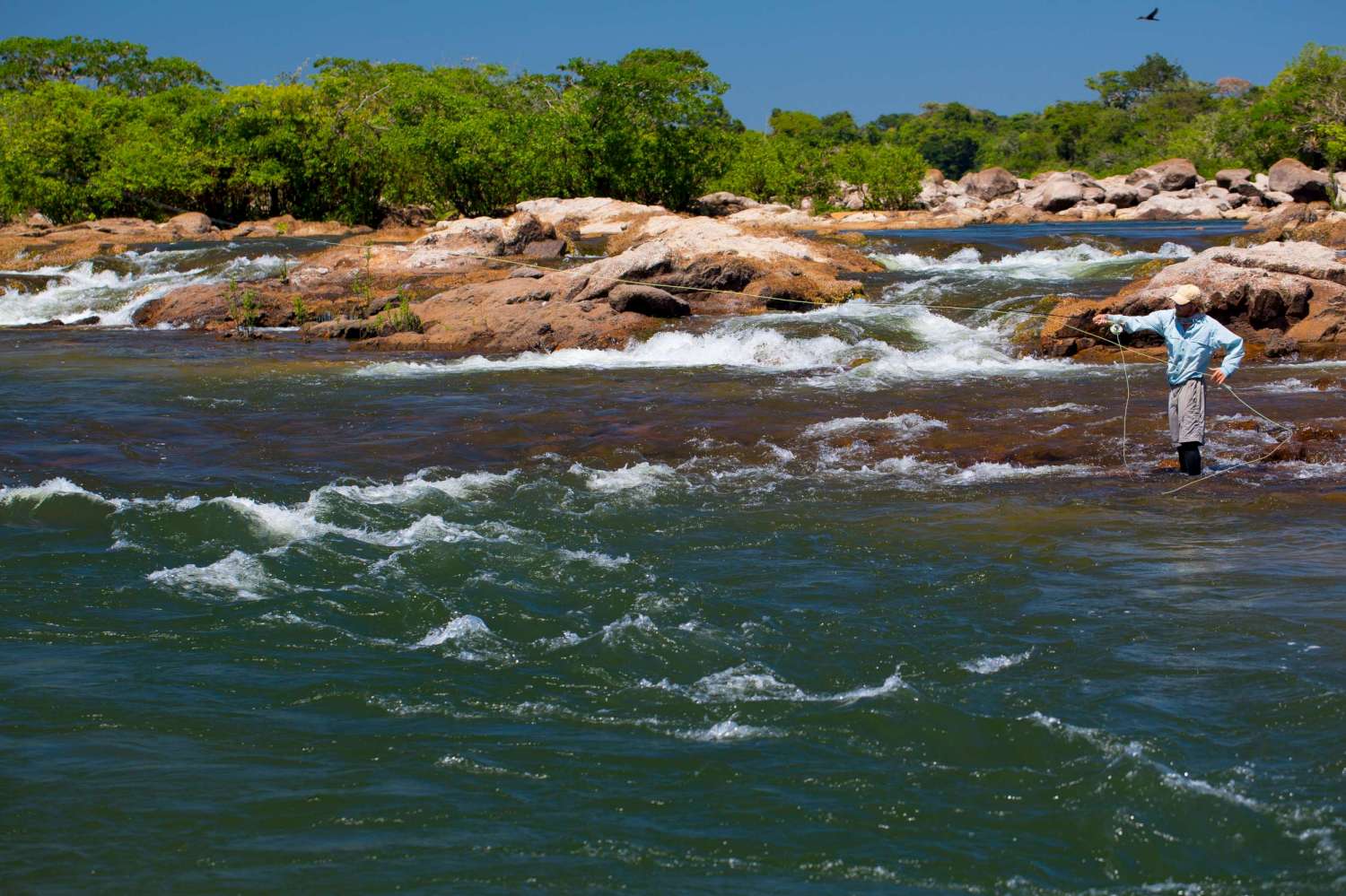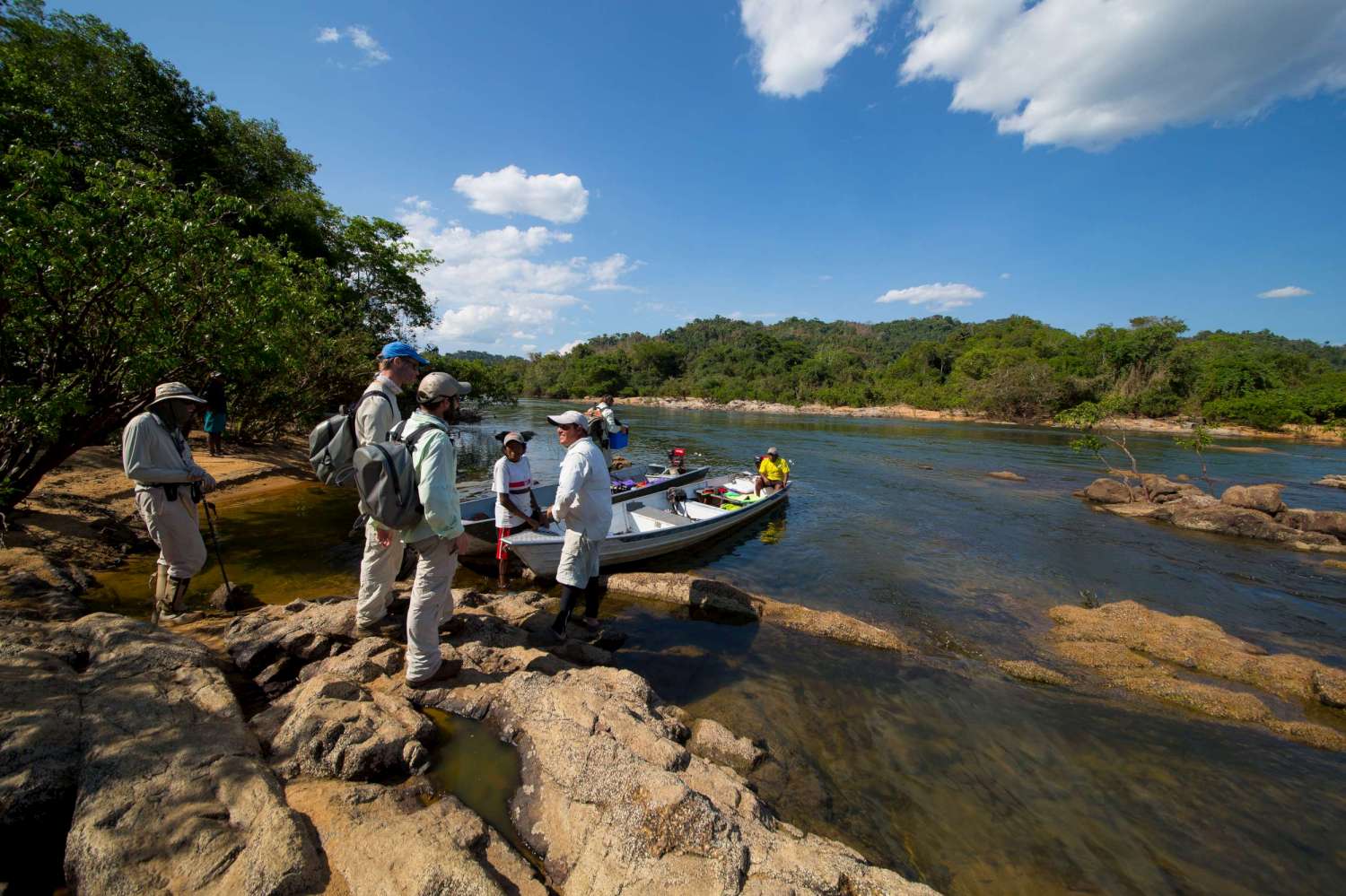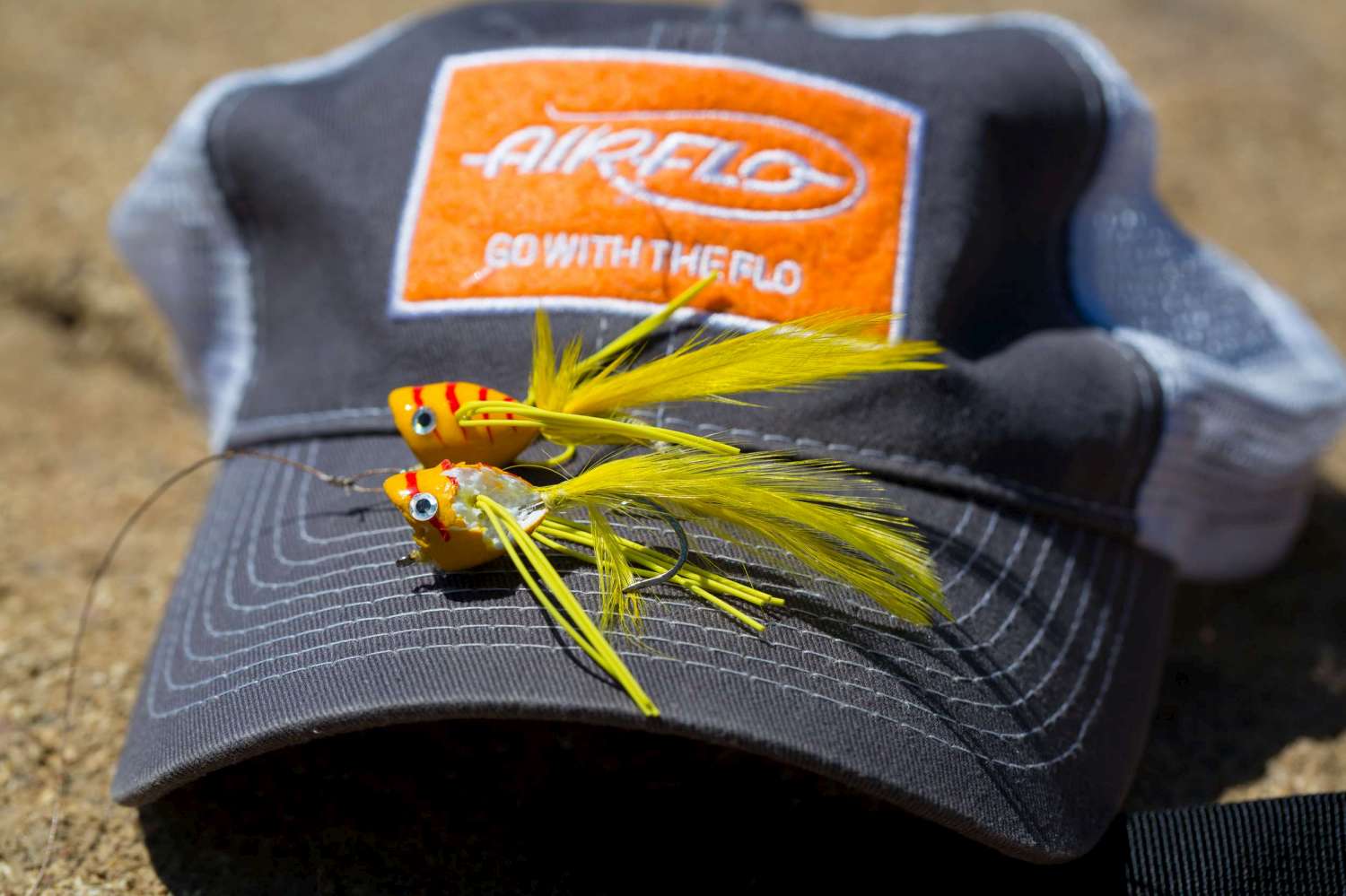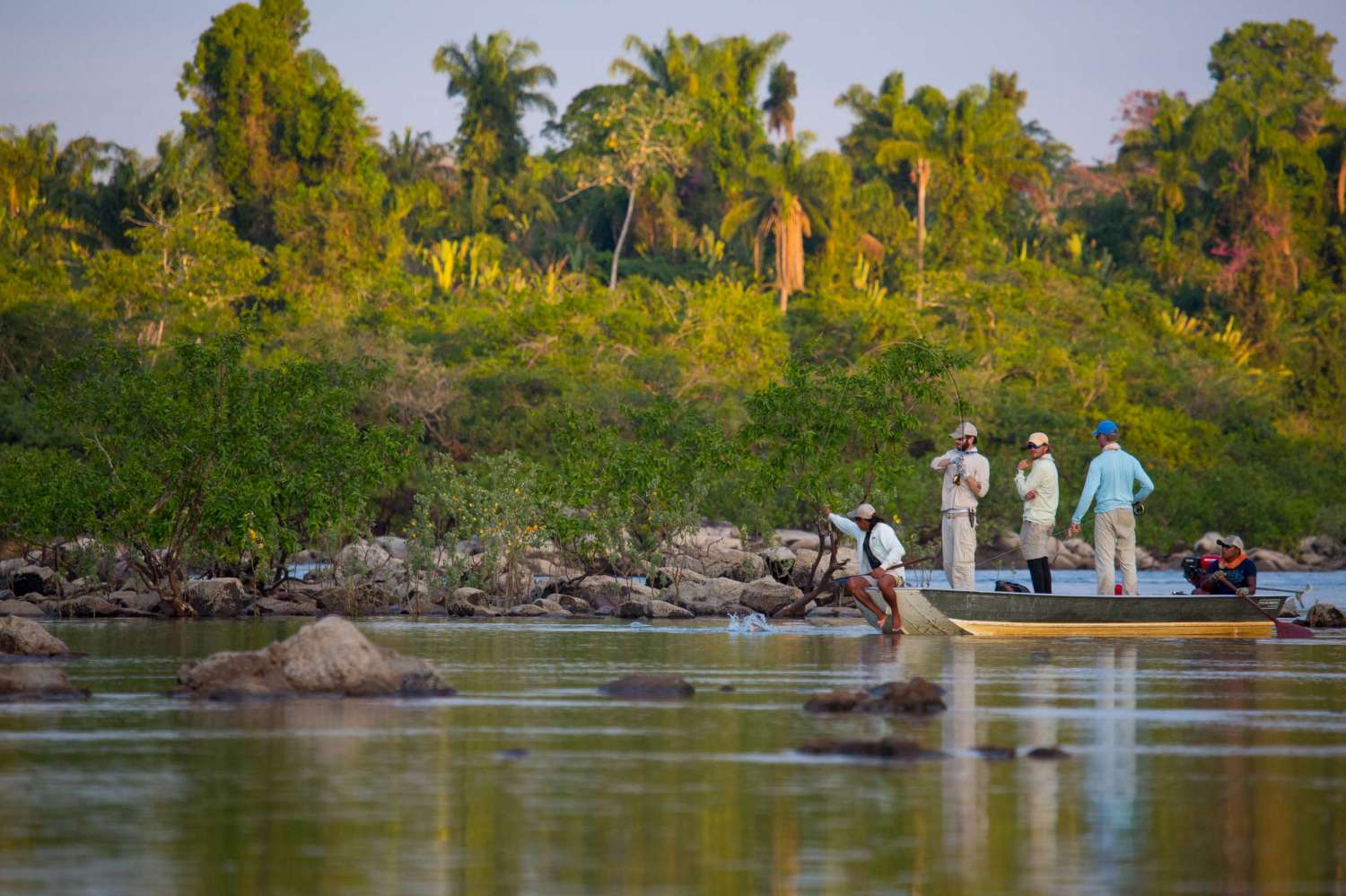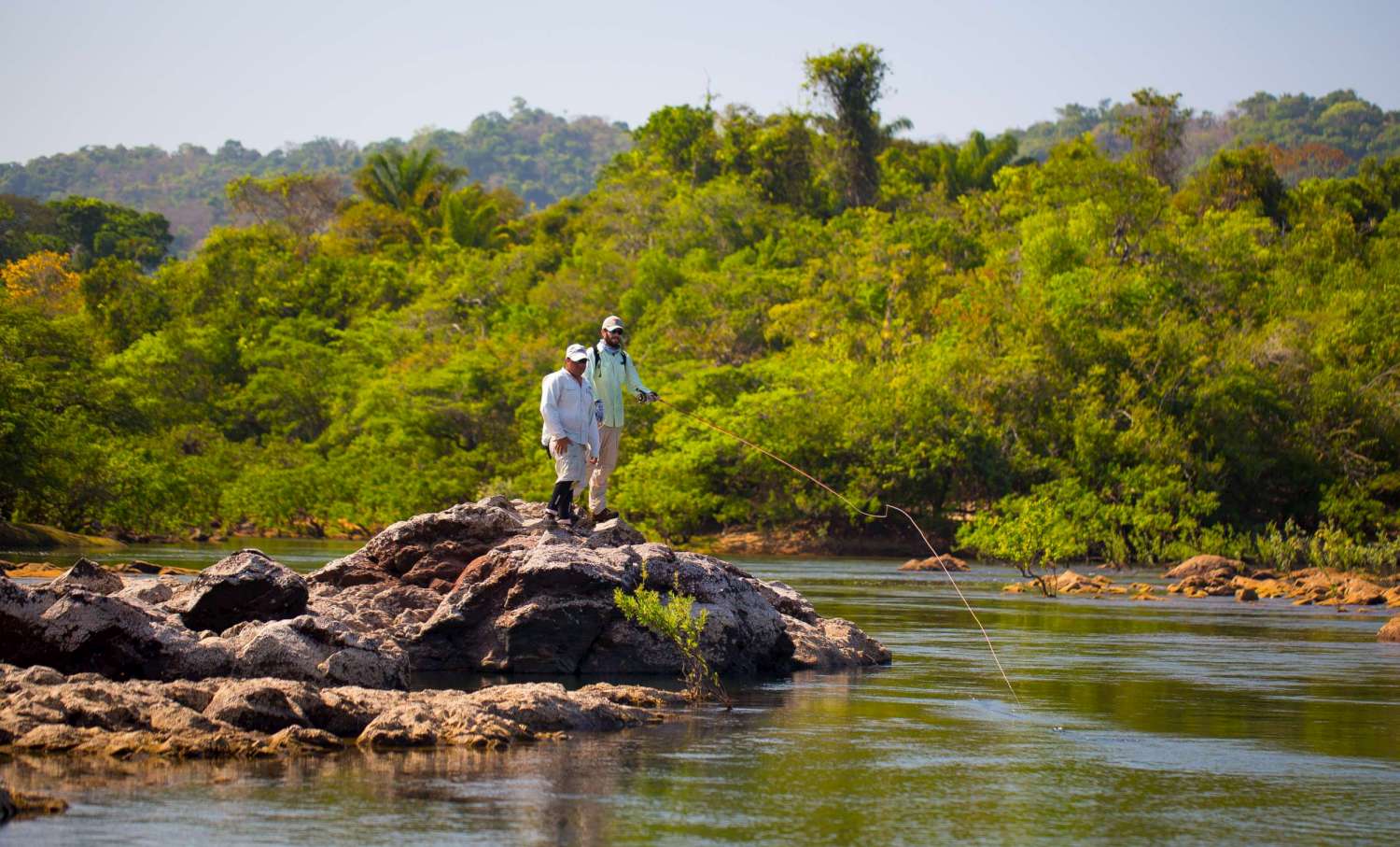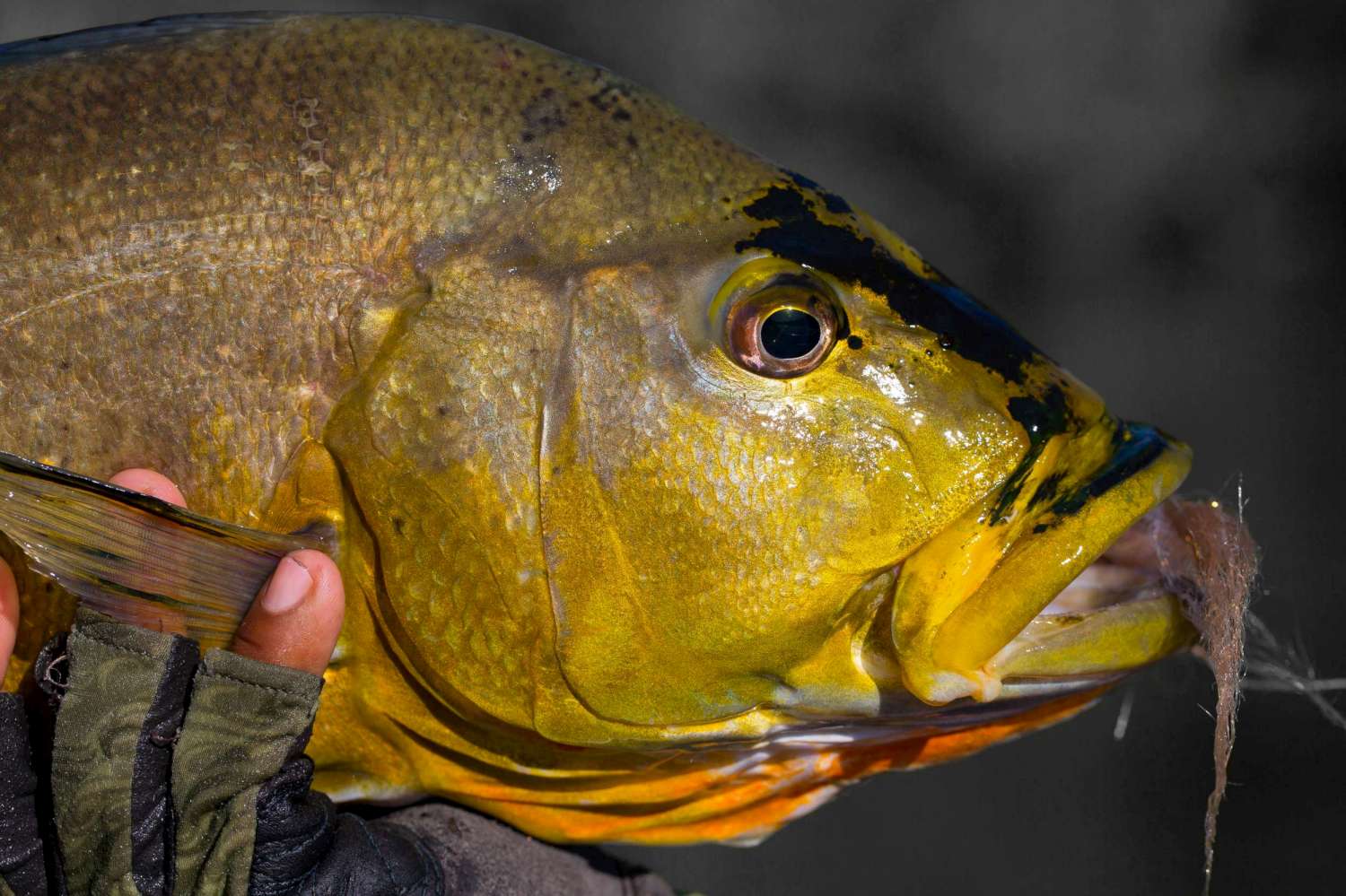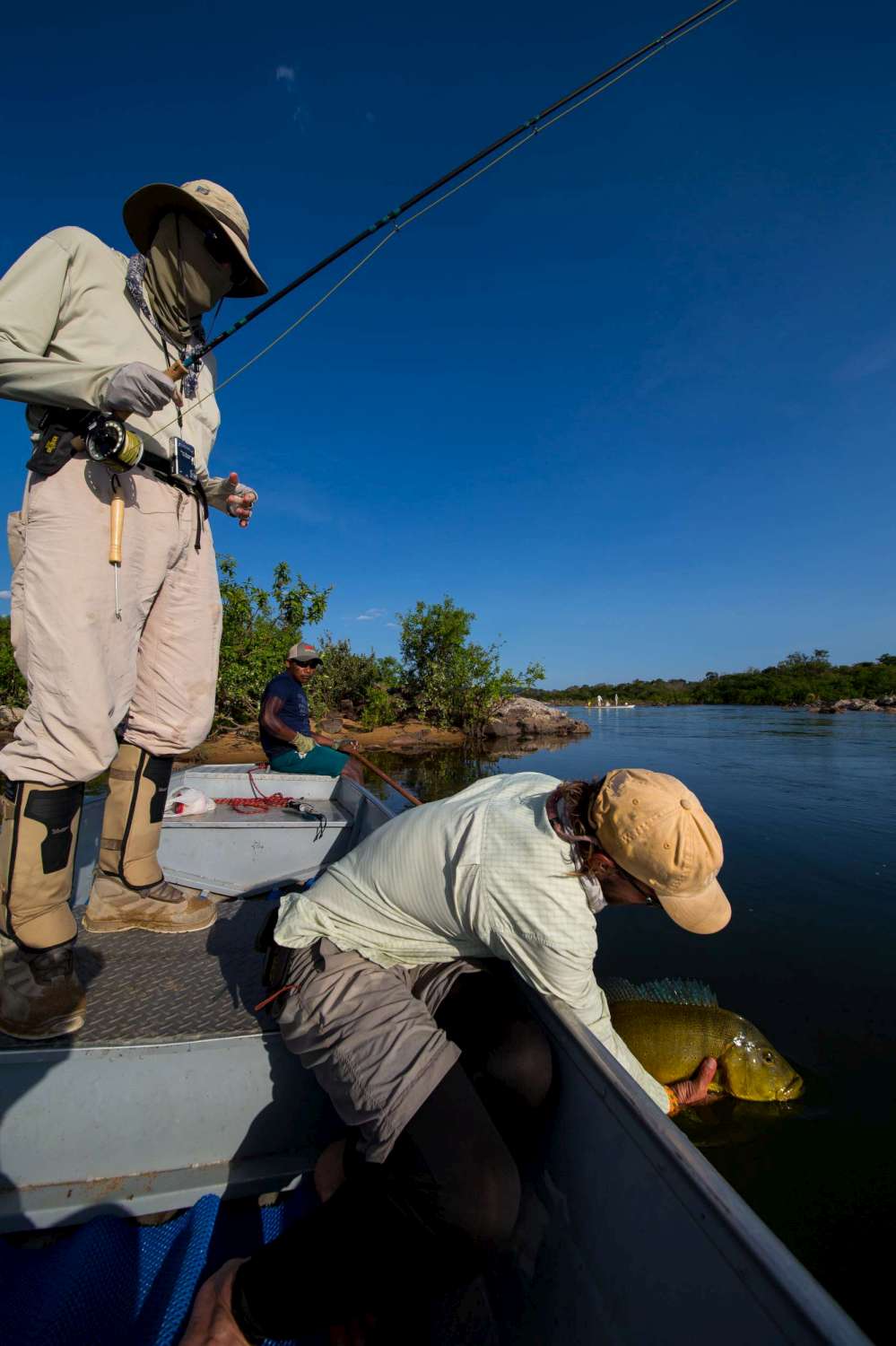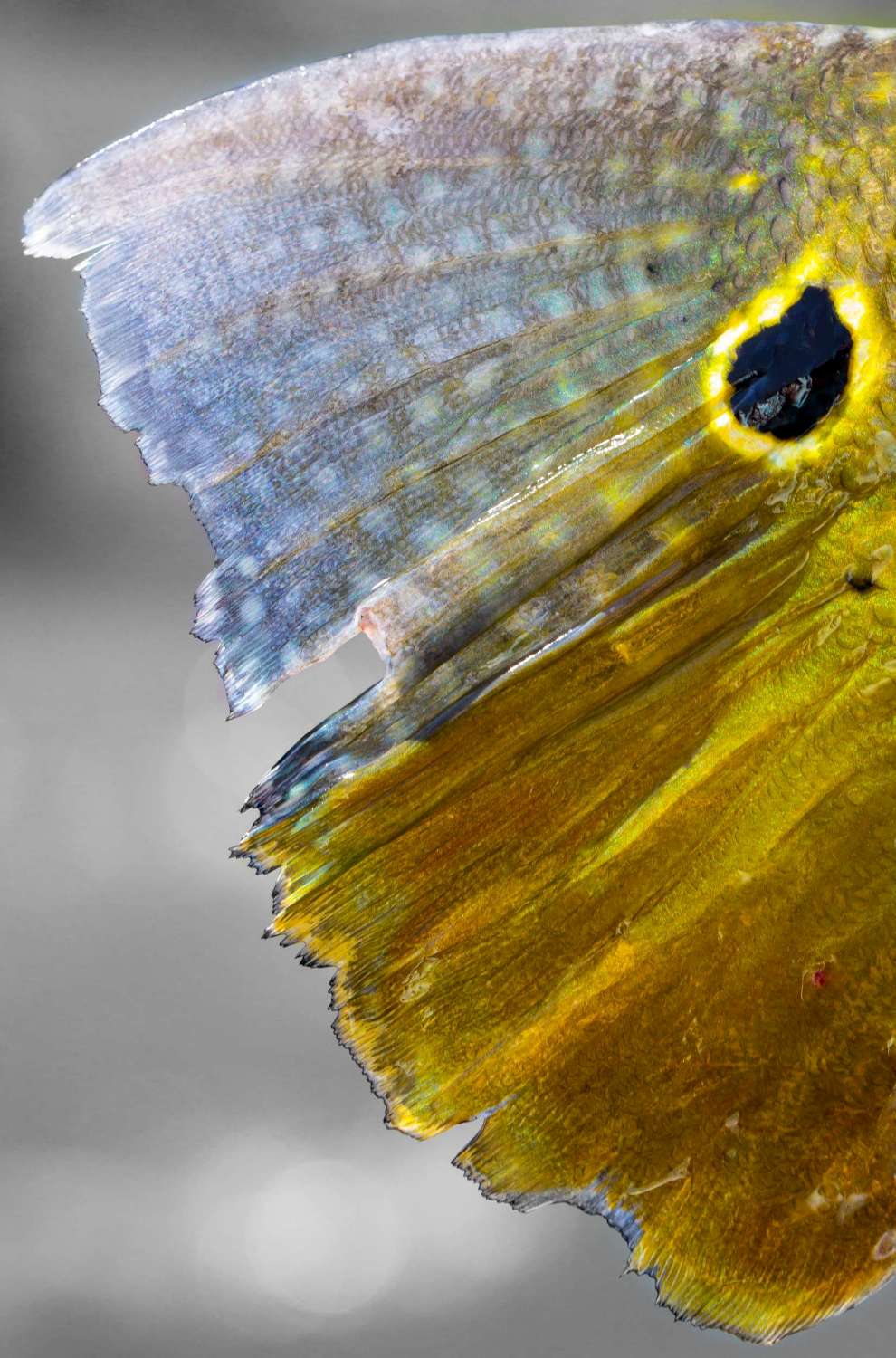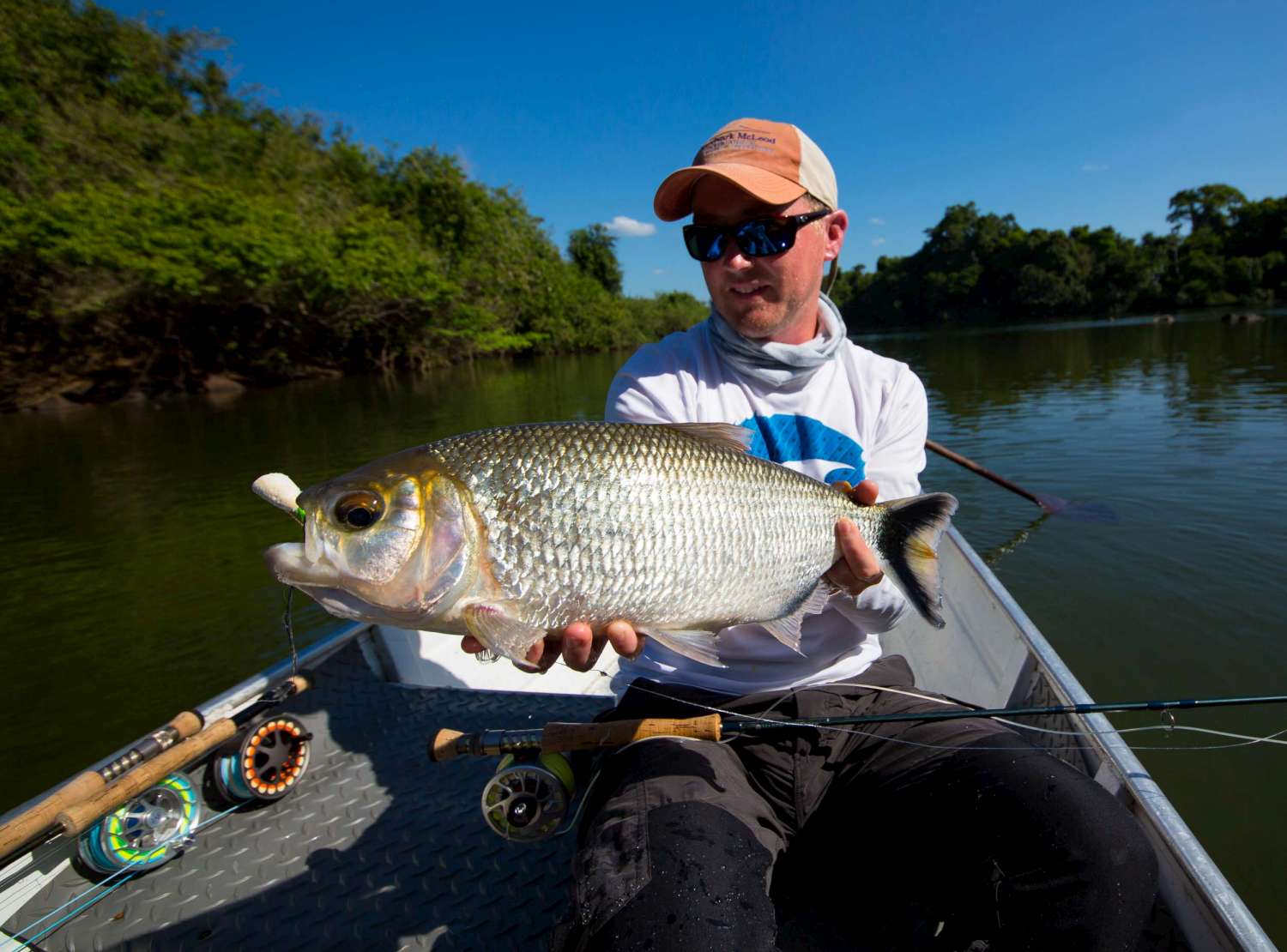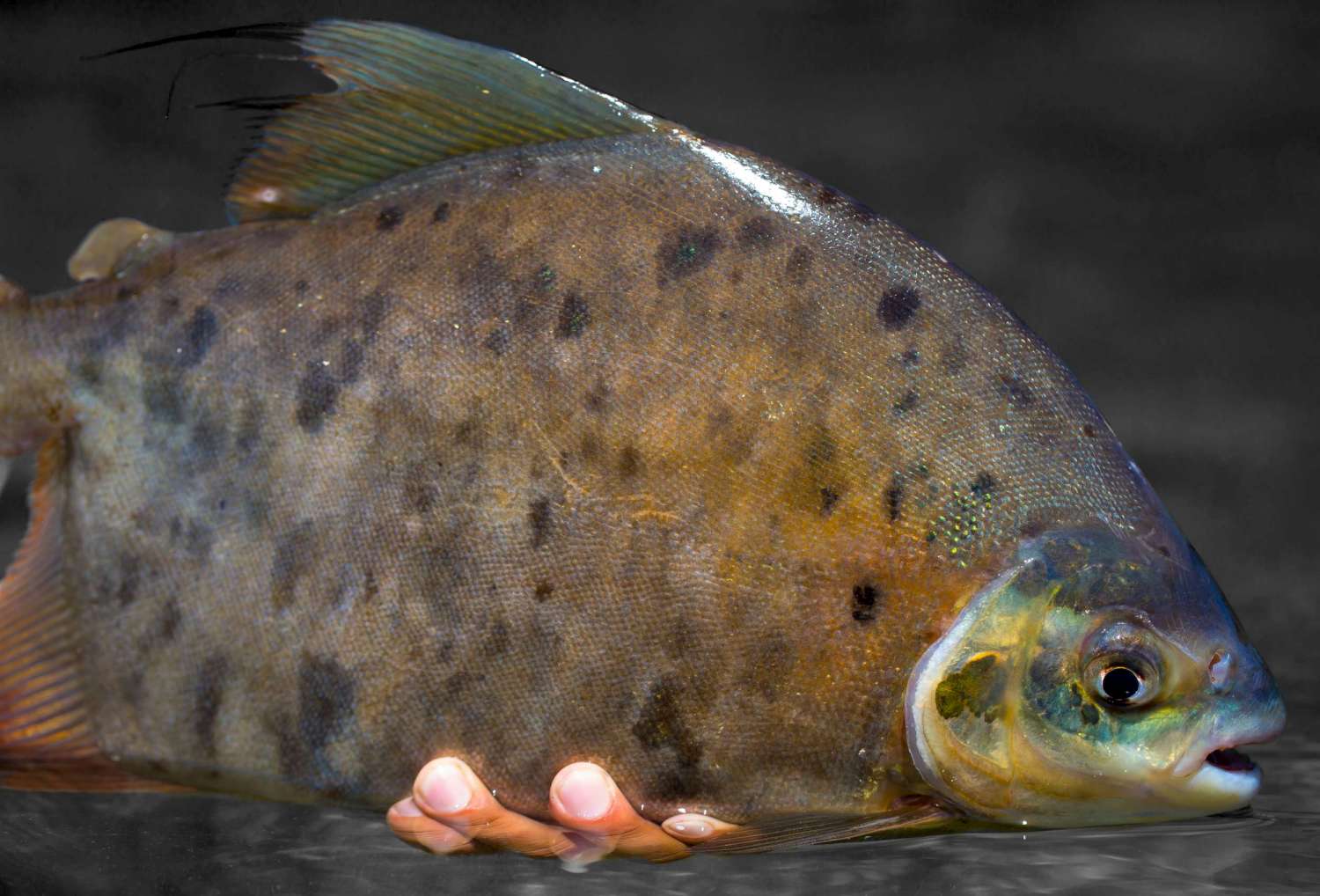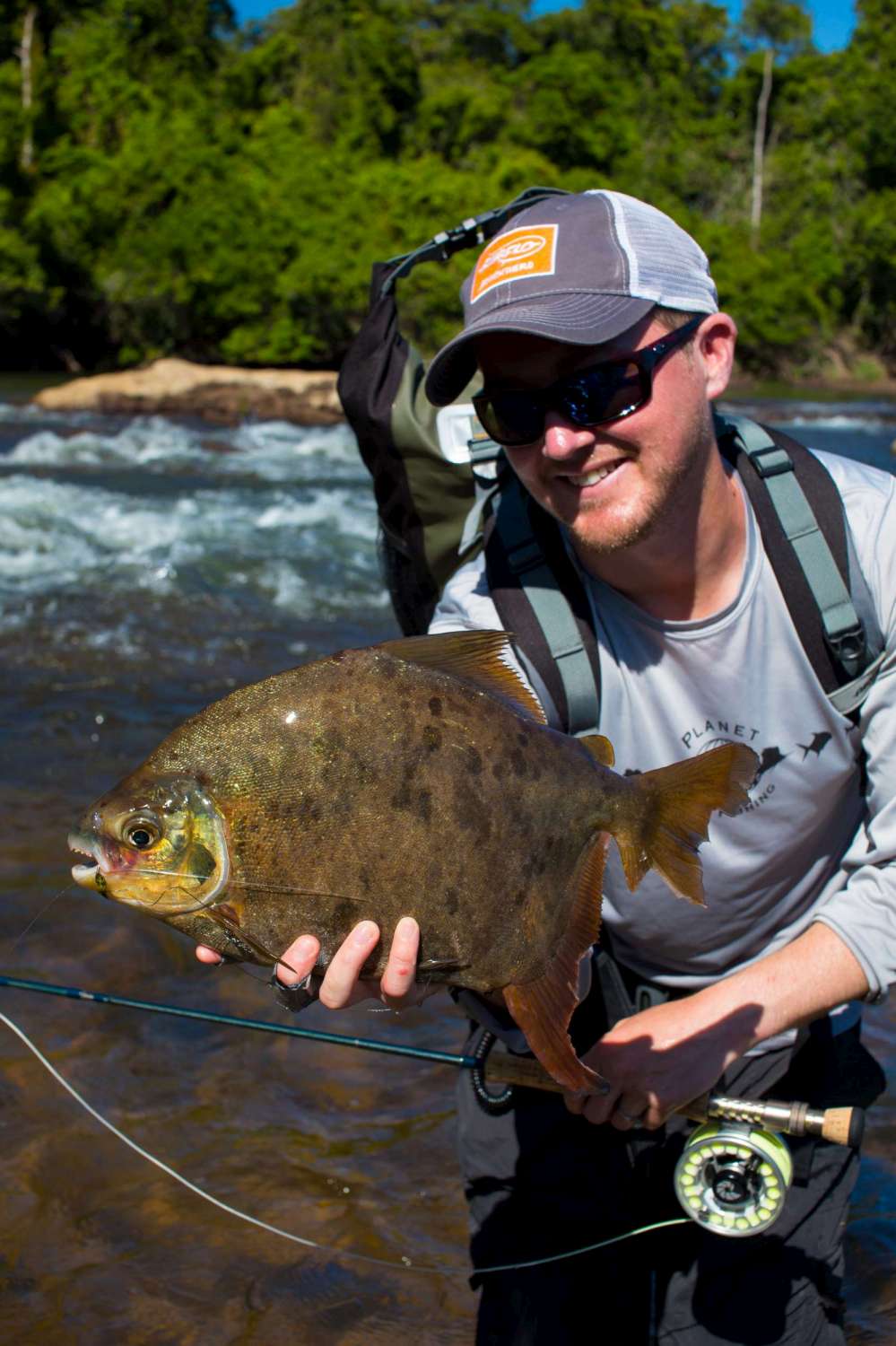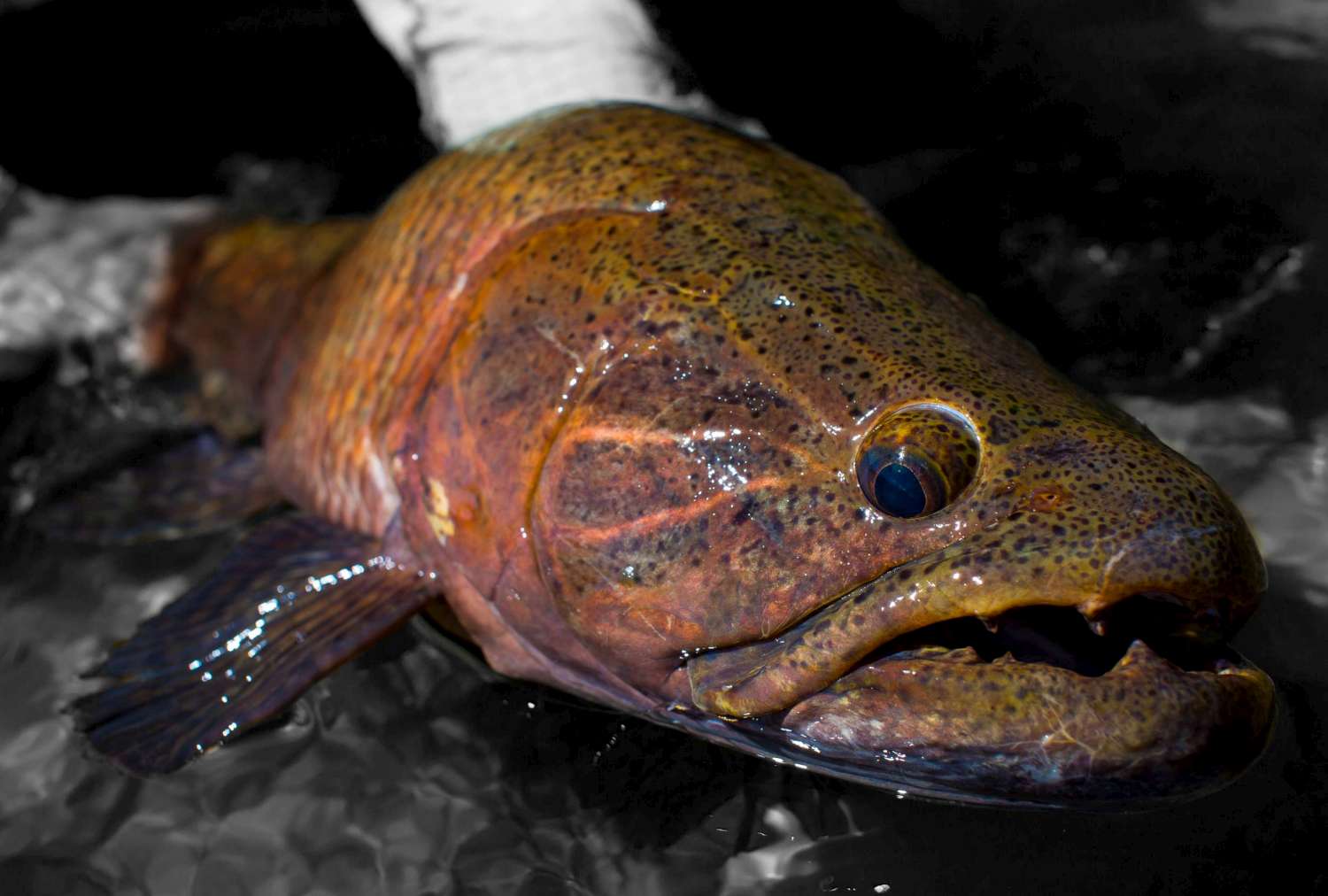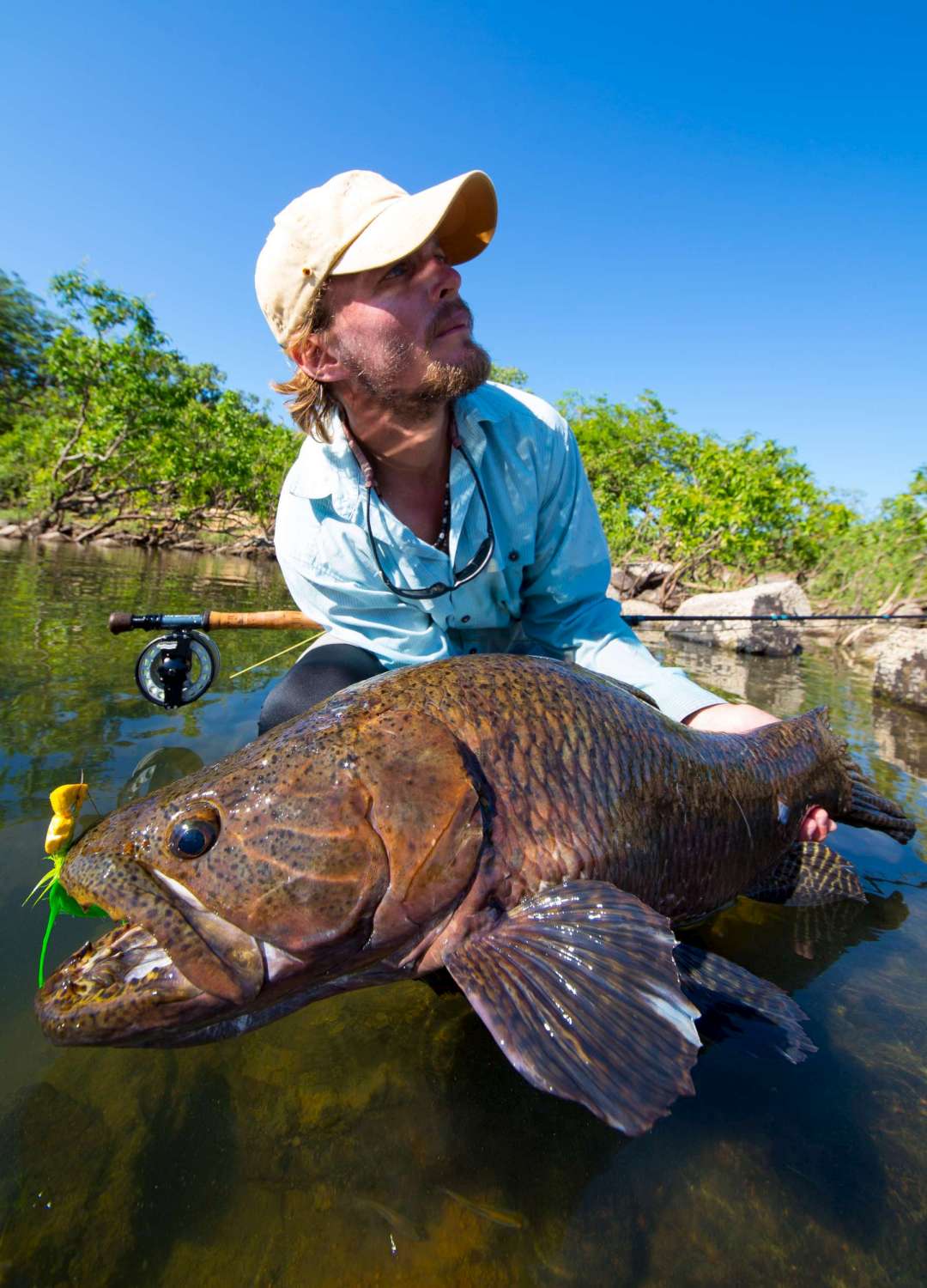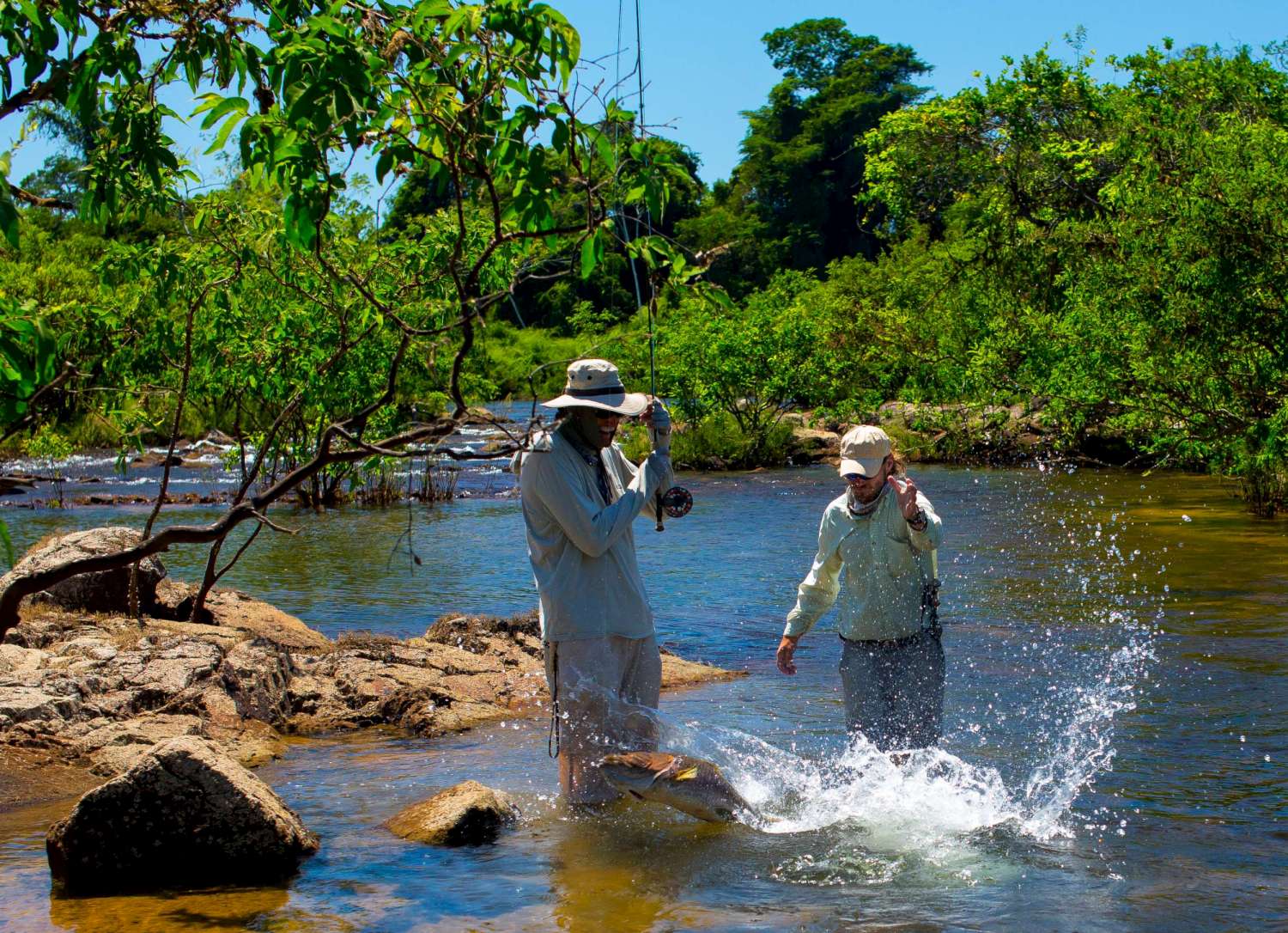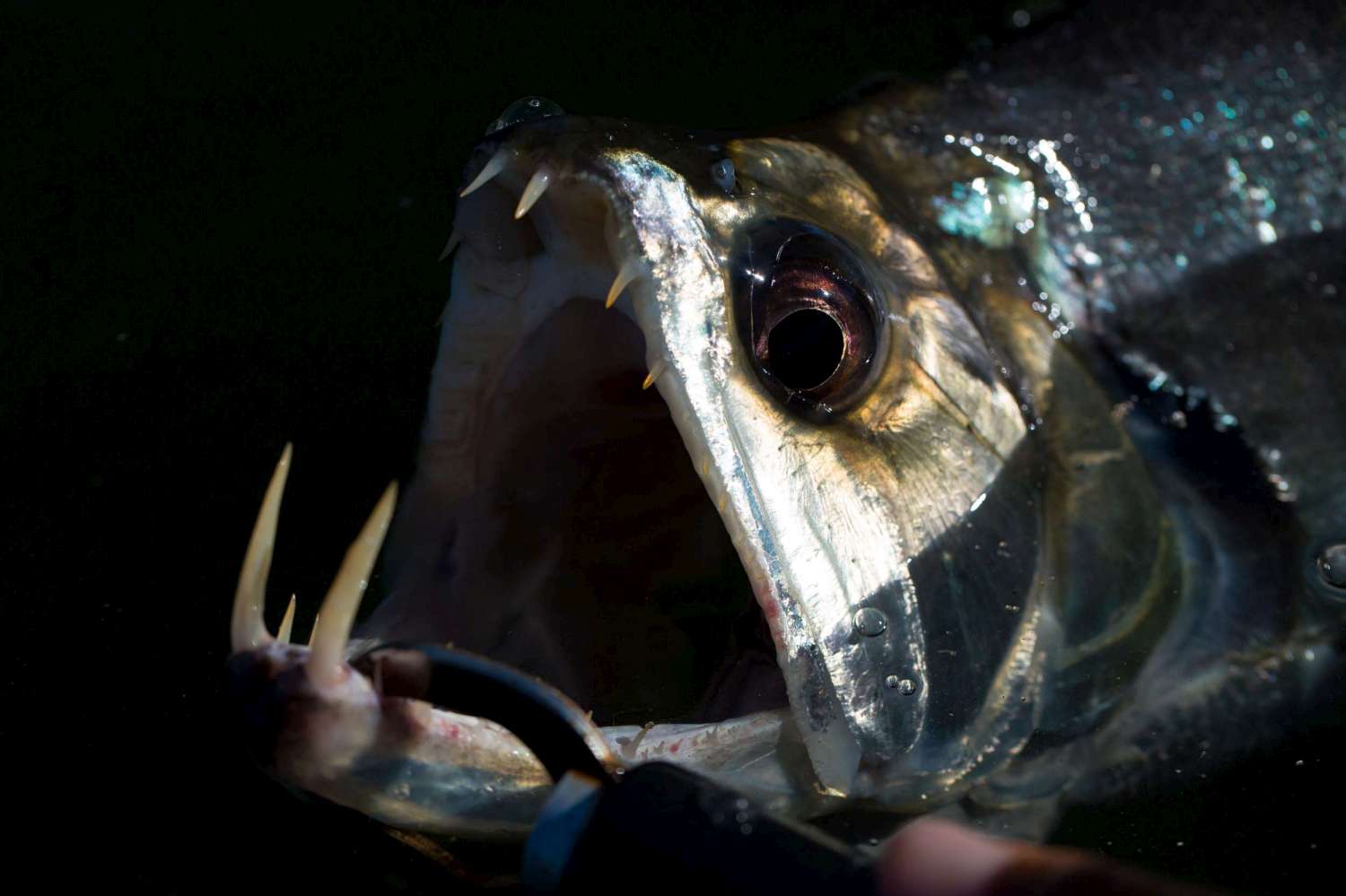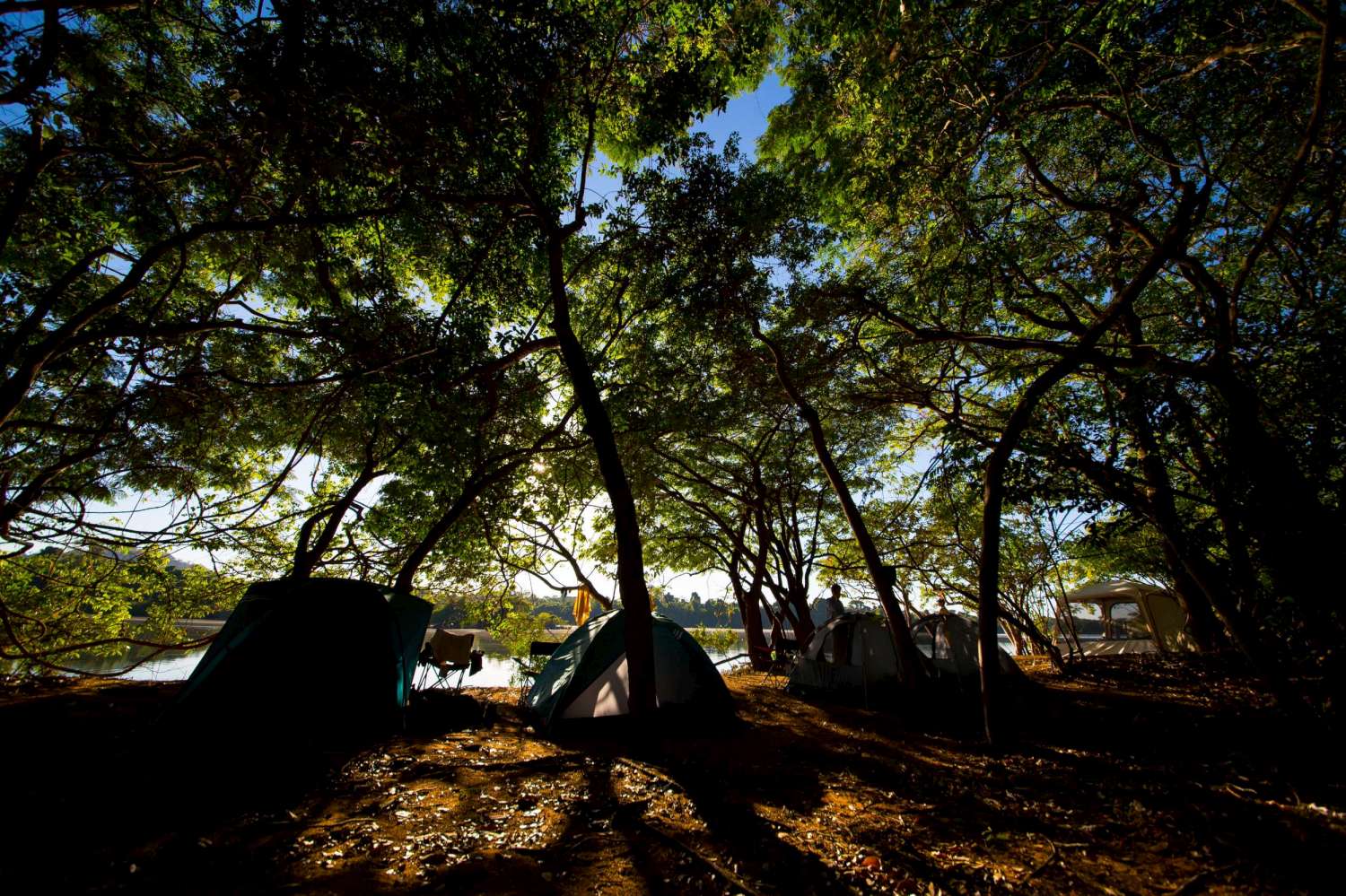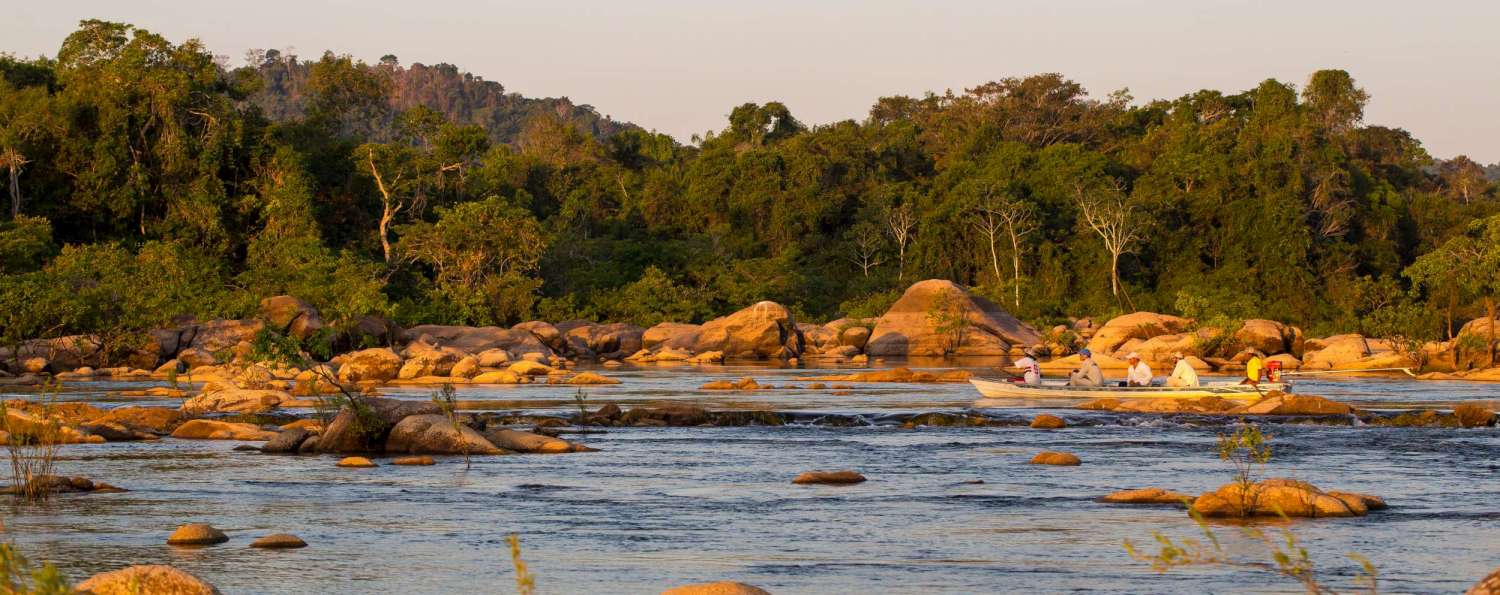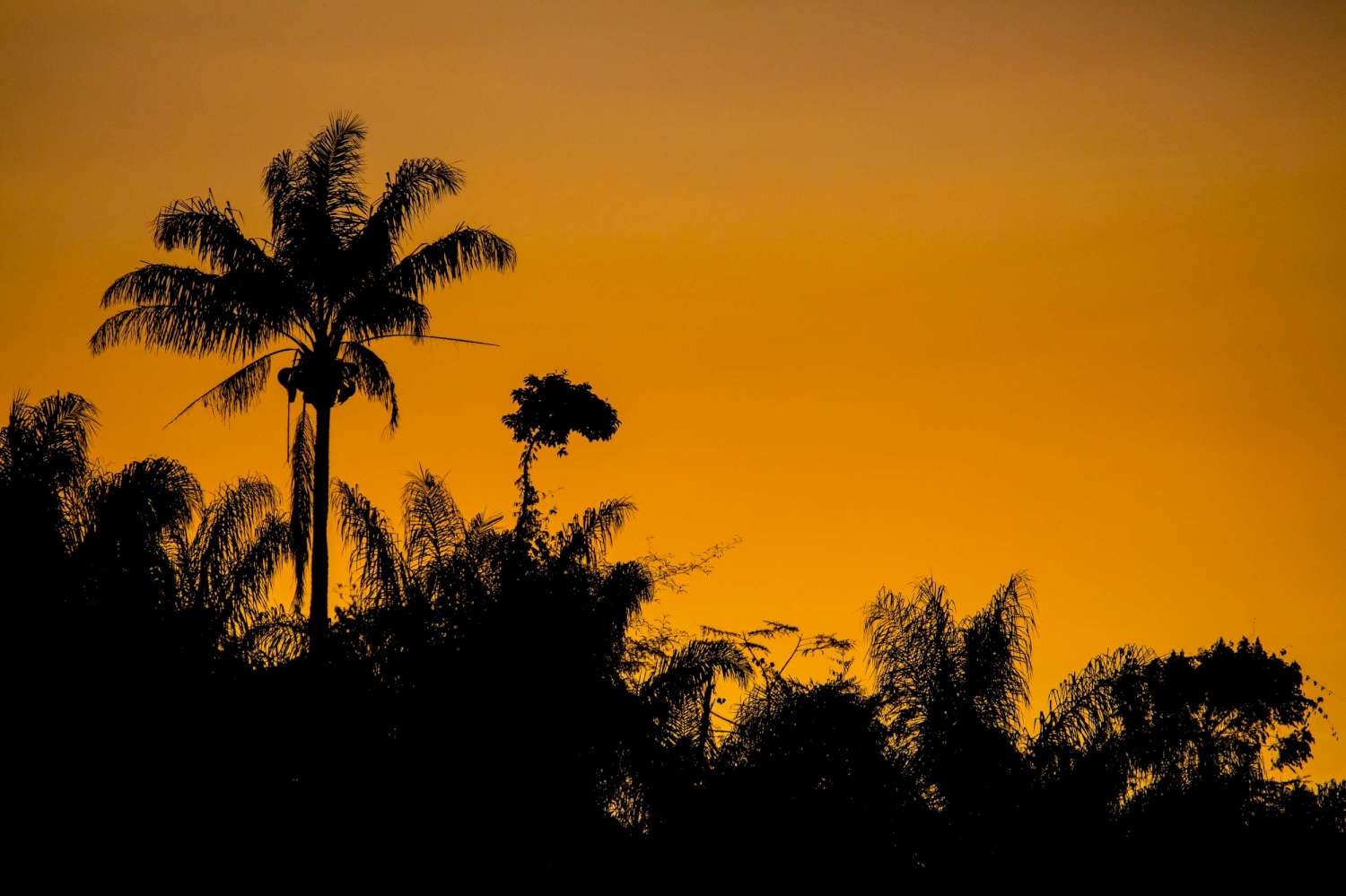We are approached with new destinations on a regular basis. Often it is a case of evaluating whether it suits our clients whilst also cutting through the marketing to unveil the true potential of what’s on offer. This is very much a case of separating the wheat from the chaff.
Once in a while we come across something really special, which helps us remember why we do what we do and why we love the industry so much. For me Tsimane in Bolivia was one of these places – a piece of me was left there I think as I got so attached to the place and the experience. The fishing was immense, but it was more than the fishing, it was the overall experience. The jungle atmosphere, the wildlife and also the indigenous tribe with their primitive hunting and fishing tools – I was envious of their simple, carefree lives.
Reflecting on Tsimane left me somewhat sad. I could not imagine or expect that anything similar could ever be unearthed again. In a time where every inch of the planet is seemingly explored or populated, how could another jewel be left lying dormant? Kendjam in Brazil was to be my saviour and I firmly believe could be the next big thing.
Kendjam is truly off the beaten track. Indeed, the last visitors before our exploratory trip in August (2015) was National Geographic (‘Kayapo Courage’). It is based around the Iriri River, which is quite unique as it largely flows over granite – this gives it the clarity needed. The Iriri then flows into the Xingu, which then flows into the mighty Amazon.
The journey begins in Manaus – a city with around two million inhabitants. A modern, vibrant city with several good hotels, bars and restaurants and certainly a place worth spending some time in; a visit to the fish market, for example, is a must for any avid angler. Manaus sits on the confluence of the Solimeos and Negro Rivers, which form the start of the Amazon with their mergence. To put this convergence into perspective; the start of the amazon at this point is 10 km across. The split is clearly seen as you fly over as the Negro is very dark and the Solimeos is very much like milk chocolate in colour.
Getting to Manaus is fairly straightforward, with direct flights from Portugal or several connecting flights via Sao Paulo. Upon arrival you are met and transferred to a nice hotel, where an overnight is also required on your return journey in most cases.
The following morning you are met at the hotel and transferred to the domestic airport for the flight to the community landing strip in Kendjam, which is based some three hours South-East of Manaus.
The start of the journey brings home what you hear of regularly in the news where huge areas of forest are being cut and burnt to give way to intensive farming of either beef or soya. Smoke clouds obliterated the horizon, it was deeply saddening. However, soon enough this gave way to a carpet of green where the forest was protected for an unfathomable distance. Three brothers from Brazil created the National Park in which the Iriri flows and Kendjam is located; an area of some five million hectares of virgin Amazon forest.
The forest canopy is dense; so much so that you cannot see very much during the journey beyond the odd rocky outcrop, rivers meandering lethargically through the jungle, then just a carpet of green from the trees.
An excitement fills the air as the pilot announces ‘Iriri’, pointing to somewhere on the horizon. Soon the river is seen below; a truly unique system compared to anything else seen during the three hour journey from Manaus. Rapids can be clearly distinguished, as can the clarity, along with huge granite rocks and boulders, which form the riverbed. As we lose altitude the gradient becomes apparent, as does the topography with notable hills within the dense forest. One bare rock soon catches our eye; both for its size and for the lack of vegetation around and on it. This is Kendjam and where the people of Kendjam call home – Kendjam translating to mean ‘the standing rock’.
The landing strip is a rather glamorous term for what faced us. It was basically a track of cleared forest; not a long one at that! However, our pilot had traversed it several times and handled it masterfully, landing us with ease and confidence.
As soon as the dust settled, faces emerged from the surrounding trees. A welcome party soon formed and stood around with great intrigue as to what the contraption had brought into their home this time. I could not help to stand back and wonder what they must make of us. The way we looked, the clothes we wore, the amount of ‘stuff’ we brought with us and the materials that we held so dear, which, to them would be useless and would not help them survive or exist in this environment. It was nice to strip yourself back in this way and reflect on what is actually important and how we have become so materialistic. They really could not give a jot whether you had the latest iphone, trainers or even a ‘series XII spacecraft engineered super-duper molecular-nano graphite’ fly rod. Life is simple here and what enabled this to continue was also simple.
The guides introduced themselves and then took us through to the heart of the community to meet the elders and have an introduction to their way of life. We sat in the ‘hall’ where we were introduced to the chief and then also had an opportunity to introduce ourselves. All the men and most of the children had body paint, symbolising different animals and also formulating a primitive camouflage for hunting. This was a ritual but also something that was meticulously achieved and frequently reapplied. The women were the ‘artists’ with the ‘ink’ made from charcoal and fruit. We had the opportunity to have our own before heading to the camp – an experience not to be missed. I decided on having both my arms done (a snake on one and a turtle on the other), whereas others braved the face; not a wise move as it transpired, given that the paint lasted for a long time. Indeed, mine lasted for around two weeks – it was potent stuff. Going back through airport security must have been an indifferent experience for those with face art…
Soon the boats were packed with supplies, which included produce cultivated and foraged by the community along with those brought in by the airplane. The journey was to take some five hours, but time went very quickly given the environment through which we passed. The journey is spectacular, especially if you are a birder or a twitcher as the sky is alive with colour and sound. Fish could be seen darting for cover at every turn, forming a visual feast no matter where you looked.
With the last set of rapids masterfully navigated the camp was in sight, located on a large sand spit, where the water flowed following winter rain but continued to recede in the dry season to expose a beautiful beach on which to call home.
Camp life was basic but adequate. It was, after all, an exploratory trip and no huge expenditure would be forthcoming before the viability was truly assessed. Furthermore, there were strict guidelines applied on what could be done, what could be erected, what could be brought etc. to keep within the confines of the Indian Community as not to westernise them, which was a common threat and worry. Indeed, the camp was an alcohol free zone and will continue to be in the future, as not to influence the community. We had individual tents and they were very comfortable. Each had a porch area and there was enough room to stow all your belongings.
The location is not for everybody. You need to be patient and have a sense of adventure to travel to such a remote location, as is the case with Tsimane in Bolivia. Perhaps even more so here, given the accommodation, but that will add to the appeal for some. Look beyond this and you will have an adventure like no other and truly feel that you are visiting where very few have ever ventured before – which is certainly the case here.
Wildlife abounds but very little is looking to maim or eat you – always a bonus! Indeed, no-see-ums and mosquitos are few and far between too; the dry season leaves little standing water and, therefore, few locations suitable for incubation. The jungle is surprisingly friendly, it really shocked me. I am always a good test for this; if there are biting bugs around trust me they WILL find me! I had a few bites, but nothing of any significance and it was always around the dawn/dusk period when a few emerged. There is no threat of malaria in the area or from leishmaniasis. Indeed, the only inoculation that you must have is for Yellow Fever, which lasts for some ten years and, therefore, my injection from visiting Tsimane still covered me.
Beyond that even the temperatures are pleasant; hot and humid in the day but night-time temperatures soon dropped to give a cooling sensation, which made for a good night’s sleep. Unlike Manaus, where the temperature remained high in the evening too, but in civilisation there was air conditioning…
There are things to be wary of, of course. After all you are in an extremely remote part of the jungle where undoubtedly some animals or plants exist that have yet to be documented. Very few snakes and spiders made an appearance – I saw two snakes, both the same breed, which were totally harmless and soon slithered away when they became aware of your presence. They were amazing colours; a banding of yellow, red, black and white – almost a nemo of the snake world. We once saw one sitting alongside a peacock bass; everywhere the peacock went the snake would follow, without fail. They lived in harmony in this environment. When the Indians were asked about this strange relationship they merely remarked that ‘they liked each other’, which was met with great hilarity.
There are caiman and whilst they were fairly abundant, they too were very wary of our presence – they would sometimes come into the shallows around the camp at night, but never any further. Indeed, they became camp pets more than a threat or nuisance. They were never hunted by the locals as their tradition dictated that a great flood would befall them should they kill one. Jaguars roamed the jungle and you could often hear their calls, especially at dusk. They were feared by the locals and, as a result, were hunted heavily. Again, they posed no threat to us, especially given our numbers – however, it made for an interesting midnight toilet dash, as during the exploratory week we had to entertain the long-drop…
Electric eels were also present, unbeknown to our guides at first. I saw a large pole-like object in the water as we drifted one day. Only when passing overhead could I see it was an electric eel sitting vertically in the water column. My report was met with disbelief at first, but over the next few days we saw a few more. Again, they caused no immediate threat, but the local Indians did confirm their presence and were fairly blasé about their danger.
You then had piranhas. A great sporting fish in their own right, but losing their appeal once they start to strip your flies down to bare hooks. They caused no reason for concern, and you could wet wade in their presence without fear. We swam at lunchtime to cool off and again they caused no issues. If you had a cut then you would need to think twice. Other fish caught would often get chased and bitten by the piranhas, which made part-finned fish commonplace.
The final creatures of caution were sting rays. They were abundant, but did not cause an issue in the clear water as they were easily identified – one had vivid circles along its back whilst the other was more of a brown colour and more camouflaged. When in heavy sediment deposited areas you would shuffle your feet rather than lift and drop, by doing this we avoided treading on them. They were, however, very much like saltwater rays in that other fish often hung around them; the peacock bass, for example, would often be hunting alongside.
On the other end of the spectrum you had tapir, howler monkeys and turtles to marvel at, along with a myriad of birds. The tapir were common and were not hunted by the locals. They could often be heard calling and the Indians would sometimes return their call and attract them to the water. The turtles were less fortunate and would be hunted by the locals; both in egg and adult form. They would often whisk the eggs with sugar and some dried vegetable or root. They would eat this mixture raw, after mixing it into a thick and crumbly paste. We tried it and whilst palatable it was not high on my agenda as a regular food item…
Much nicer food items existed in the jungle and I sampled the full banquet. Brazil nuts, limes, avocado, bananas, mini coconuts, and also chillies – a word to the wise; the little blighters are hot! As I found out to the great amusement of the Indians, who then named me ‘pimento’; I was hoping more for ‘king of the jungle’, ‘mastercaster’ or ‘kingfisher’, but the cap fitted, I guess.
The Indians had a great sense of humour. They would laugh and joke throughout the day and you could not help but connect with them. Indeed, I made a good friend in ‘Jocro’, who turned out to be the son of the chief. He was great fun, but beyond this understood what we were doing and was keen to help whenever possible. He had amazing vision and would rock-hop until the next target was found. He would also joke when you would inevitably over-cast into the bankside vegetation, simply stating ‘monkey’ as if you were trying to fish for them. However, at times they were deeply infuriating, but this was because they viewed the world differently, rather than being deliberately awkward or vindictive. If food was present then it should be harvested, simple. No matter if this was in the last half hour of your fishing day. They would start circling a pool chasing a turtle, or pull onto a sandbank to dig for eggs. This is their way of life. Such refinements will be made before the destination is fully opened to the market and was the case in Tsimane in the early days.
On the bird front; you would not be disappointed if this was a birding trip rather than a fishing trip. My good friend and keen birder, Lou Hegedus, joined me on the trip and he was able to identify an extensive list of what we saw and what he was able to identify. Indeed, the following list is in total thanks to him; hyacinth macaw, sun bittern, cocoi heron, striated tiger heron, rufescent tiger heron, blue & yellow macaw, scarlet macaw, blue headed parrot, wood stork, great jacamar, kiskadee, guan, snowy egret, great black hawk, yellow headed vulture, black vulture, blue & white swallow, anhinga.
As previously mentioned; when flying over the jungle it appears very flat. However, at eye level it is full of undulations, especially along the course of the river. Here the river has carved a channel through the granite, creating narrow shoots in sections then wide, shallow plains in others. The terrain is easy going on the whole and did not cause any issues; you could be as explorative or as reserved as you wished. For example, Lou had recently had both knees replaced and whilst he struggled in some sections took plenty from the day as a whole. It is definitely not for the infirm, but it is not reserved to the young and fit either. You just have to take it in your stride. However, the fitter and more able you are then the more you will get from the experience – exploring the wide channels etc. Very much like Tsimane, in a way.
It is very easy to get carried away in such an environment and reflect on many things beyond the fishing. The fishing was essentially the icing on the cake. The river was a perfect blueprint with structure, depth and gradient providing the ideal habitat for the bounty that lay below. The river was like an aquarium and you could see fish of all colours and sizes scurrying for cover as we drifted overhead. What made the fishing special though were the technical differences of each species. You have three species of pacu present; each one with different feeding habits – some looking for leaves, flowers and fruit, others looking for dead-drifted weed. All immensely powerful and great fun to target and catch. You then have the peacock bass; a fish that really optimises ‘the take’. They are strong fighters, but it is the take that makes peacock bass special. If the bully of the water is more your thing, then you have the wolf fish to target. An impressive fish, but certainly not the brightest! Also present are matrincha (yatorana), which you can target on terrestrial dry-flies and are superb sport on lighter rods. The impressive vampire fish (payara) are also targeted. Beyond this already impressive line-up you have bicuda (a barracuda type fish), piranha, catfish along with some other species that are currently not targeted, but certainly could be. Indeed, with all these species present it is more like a saltwater destination than a freshwater one, which should make this a destination that appeals to both mind-sets.
Given the variety it was wise to have a couple of outfits set up at one time so that you could chop and change as needed. I had little time to prepare for the trip, so went with the assistance of Fulling Mill on the fly front. What they offered were perfect and worked well – it is great to finally be able to access some well-made mass produced flies on good hooks and dressed with good materials. The fish in the jungle are fly hungry, so you do get through a few during your stay – be warned. I will gladly recommend a few for your trip, should you need to purchase some.
It was nice to try out some new lines during the trip too. These certainly made the trip more enjoyable as you could get the larger flies to where they needed to be quickly and easily. The Airflo Chard Tropical Punch was nothing short of superb and I would highly recommend taking them for Kendjam. They have a very short belly with little tapering towards the front end that would otherwise cause hinging. This up-front weight also made for quick loading over the shortest of distances, which was critical if you were drift fishing long sections not accessible from the bank. Remember that you need warm water lines in such a location as your standard freshwater lines will turn to jelly…
Some species were extremely plentiful and were regular captures. Peacock bass would be found in every run and would average between 4-8 lbs. They are superb sport. Not that impressive after the first few seconds of the fight, but it is the take that makes them worth pursuing. They explode on the surface and create a lot of commotion in doing so – if you’re having a slow start to the day they will soon wake you up. I can now understand their attraction and why people would visit a peacock bass only destination, especially where they are caught in excess of 20 lbs. This is another strength of Kendjam; it allows you to experience several different species during your stay, rather than just one that you may not find that interesting. This then helps you refine your target species list in the future accordingly. Very much like a mixed saltwater destination then heading to eg the Bahamas to target big bonefish, Belize for permit etc.
Matrincha, or yatorana as they are known elsewhere in the world, were extremely sporting, especially on light tackle. They love hugging overhanging banks and trees, awaiting terrestrials to drop from above. They could be caught on small baitfish patterns, but dead-drifted or slowly twitched dries were far more interesting. They were very strong for their size and would not give up easily. They were often found in big shoals where a couple would be caught before they got wary – they were quite intelligent fish and would soon understand ‘the game’, which they deserved credit for given that they had never seen an artificial fly before.
Pacu were captivating. Infuriating at times, but well worth the effort to try and understand. They are pretty technical, which really got my attention and set a challenge. Thankfully a lot of what was tried did work and all three of the pacu species were caught during the week; some off the top with others in 20 ft of water! Again, they were the same overarching species, but the three sub-species had really different characteristics and look. They are VERY STRONG! They really pulled you around once hooked and no wonder they have been nicknamed the freshwater permit. Lou really had the pacu worked out and would often pick off a few when I was catching the easier targets; I saw this as me clearing the path for him, of course – nothing to do with incompetence…
You then have quite possibly the stupidest fish swimming; the wolf fish. They are top of the food chain and have nothing to be afraid of. As such, they just go about their business knowing that they are safe. They are lazy and lethargic. They are not scavengers, but have the attitude of one. They are fully capable of bursts of speed, as we witnessed when one attacked a small catfish, which seem to be their primary food source. However, from a fly perspective you could present it virtually as you pleased and with the least amount of delicacy possible yet still get a reaction – finally a fish matching my capabilities. Indeed, when a wolf fish decided that it wanted your fly it was just a question of waiting for the take most of the time. They have incredibly hard mouths and would often throw the hook. Amazingly they would then take the fly again on the next cast, even though they had just been fighting for 30 seconds or more. Their fight was ‘ok’, more of an impressive looking capture than a fighter. We got a few to around 15 lbs during the week, with very few seen below 6 lbs or so.
The freshwater barracuda, bicuda, were present in decent numbers but were hard to hook given the speed they intercepted the fly, often continuing in the direction of the fly ie towards you once they had engulfed the fly. By the time you took up the slack line the bicuda had thrown the hook. My largest was also my first and in true form of not knowing what the week held we released it without an image.
Payara (vampire fish) are present in good numbers. A large shoal lived near camp and were particularly active in low-light conditions; their large eyes made them perfect hunters in such conditions. Patience and a lot of trial and error produced one to the fly along with some further follows and pulls. However, we did not have exactly what we needed to catch them, so they remain one left to be fully capitalised on.
As you can see you could pick a species a day and have a fresh challenge and enjoyment by doing so. It is a diverse and rich fishery that will continue to be as such given what is proposed for its future in regards to rod numbers and season length. It is an experience like no other and one that I would urge you to undertake if you enjoy the prospect of something a little more rustic, yet truly off the beaten track. Needless to say; if you enjoyed Tsimane then you will love Kendjam – hence my continuous references and comparisons.
The journey back to the landing strip was long; the river had receded yet further during our stay, which made the passing tricky. I’m sure it was partly because of this but also because the end of the adventure was in sight, which dawned on us during this journey and gave us time to contemplate on the somewhat surreal experience.
Returning to civilisation took some acclimatisation. Everything seemed noisy and uncomfortable. Mobiles rang, emails pinged and car horns tooted. What I would have given to have returned to the simple life of Kendjam at that point. However, that is what makes what we do and the sport we choose to pursue so special; it allows us to access what you would not normally access otherwise and gets you to the extremes of the planet. It also allows you to flitin and out of experiences, getting attached to some that form something pilgrimage and passing others by as a bucket-list destination.
We are the only agency in Europe to have visited Kendjam, so don’t leave your trip to chance on the advice front. Price is US$6,500 to include the charter flight to/from Manaus. The season will run from June to October, with just July and August being sold initially. To be among the first to experience Kendjam or to find out more please do contact Steffan Jones by email or call the office on +44 (0)1980 847389.

